We were blessed with a sunny day that lasted until just before time to get on the bus for the Flete Estate in Devon. The countryside is unbelievably beautiful with green hills, rolling farmland, and an amazing coastline. Although many of us tried, photographs cannot capture how narrow the lanes are. It is truly like stepping back in time. Many times our midi-coach was touching the hedgerows on both sides as we traversed the countryside. “Wide” places in the road allowed for cars coming in the opposite direction to pass.
After a sunny start at Hestercombe, we faced true Dartmoor weather at Castle Drogo – rain and wind pummeled us whenever we stepped outside, particularly during our rooftop tour. Fortunately, most of our activities for the day centered on inside pursuits. We were greeted with an informative talk, given by Tim Cambourne, on the recent waterproofing and repair work on the castle.
Lunch was a cozy affair in the rooms originally planned as the Day and Night Nursery where we were joined by Ruth (Bunny) Johnstone, the great-granddaughter of Julius Drewe, Lutyens’s client for Castle Drogo, and her husband, Patrick, who graciously gave us a tour of their family’s private rooms within the castle. Seeing the rooms and hearing about the castle from the viewpoint of the family gave us unique insight into understanding Castle Drogo, as not just an architectural marvel but as a family home.
The austerity of the exterior of the castle, as well as the grandeur of the passageways are in contrast to the warmth of the private rooms. An article could easily be written on the variety and beauty of just the fireplaces within the castle. Breathtaking views of the surrounding countryside, through the now dry windows, soften the rugged look of the stone walls. We learned that the castle has 913 windows which, as part of Drogo’s extensive restoration, had all been removed, cleaned by shot blasting the metal, refurbished by rebuilding the lead cames, and then reinstated using the original glass.
The kitchen area proved to be a favorite of many. The wonderful light well combined with the central round table and warm wood cabinetry illustrates the care that Lutyens gave to service spaces. Historian Gavin Stamp has noted that the dome was similar to ones inside Soane’s Bank of England, which was substantially destroyed while Castle Drogo was being built. In lieu of what would have been a very wet garden tour, we were treated to a talk about the history, design, and upkeep of the garden. Time originally designed for sketching and walks became a time to view the chapel and brave the rains for a quick walk through the gardens.
The weather was much kinder the next day as we ventured down the gorge to Fingle Bridge, a 17th century stone bridge at the intersection of four valleys in an area inhabited since Roman times. In a forward-thinking move, Julius Drewe installed a hydro-electric plant to provide power at Castle Drogo. The National Trust has recently restored the power plant to operation and suggested we might enjoy a hike along the river to see the building Lutyens designed to house the equipment.
After lunch at the Fingle Bridge Inn, we set out to explore Milton Abbot and Tavistock, both towns with Lutyens’s associations. Many thanks go to Simon Dell and Chris Burchell for arranging our visit and sharing their knowledge. We took a walking tour of Milton Abbot, where several buildings are attributed to Lutyens, and were treated to tea at the village hall. We were particularly interested to see 3-8 Venn Hill, six adjoining cottages designed by Lutyens for the Duke of Bedford in 1909.
At Tavistock, we emerged from our coach to find a magical setting for The Pimple. Originally called The Outlook, the pavilion, consisting of three stone walls forming a triangle topped by a conical slate roof, was designed to cover the entrance to an underground reservoir that would have provided water for a proposed new housing development sponsored by the Duke of Bedford. Although the development never came to fruition, the tiny structure continues to preside in its hilltop setting, providing scenic views of the surrounding countryside. I had only seen photos of The Pimple under rather gloomy weather and was thrilled to see it showcased by glorious sunny weather. The scene was idyllic with golfers in the foreground, sheep in the distance, and even Dartmoor ponies grazing nearby. Before leaving Tavistock, we were privileged with a glimpse of Little Court, a small country house built for Major Gallie in the same area originally intended for the housing estate.
During our week in Devon, we were fortunate to be able to stay in two very special houses – Pamflete House and Lambside. Each evening we gathered at Pamflete House for dinner and conversation. Our special guests included Clive Aslet, Dylan Thomas, a photographer who works closely with Clive, Martin and Beatriz Lutyens, Anthony Mildmay-White, whose family own the Flete Estate where Pamflete House is located, and Sebastian Fenwick, who, with his wife, Lucy, owns another house we visited – Shilstone. Architect Stuart Martin joined us at Hestercombe.
The Mildmay-White family also own the very special Mothecombe House that became a favorite of our group after we were lucky enough to be given a tour of the house and garden. Mothecombe was built circa 1710. Edwin Lutyens was asked to improve its overall condition and design an addition, containing a dining room, to replace a Victorian wing. Lutyens’s addition connects artfully with the core of the original house which is beautifully framed by the remodeled terrace and walled garden, also designed by Lutyens. The gardens lead to the River Erme and the South Coast pathway.
Shilstone, the home of Sebastian and Lucy Fenwick, was our next port of call. One bedroom at Shilstone is graced by an Ursula bed, — designed by Lutyens in the 1920s for his daughter Ursula — and given to his godson, Sebastian Fenwick’s father. The house itself is the result of extensive research and exploration into the past occupants of the property. Based on the fragment of the eighteen-century house remaining on the property, the current house was designed by architectural historian Christopher Rae-Scott as a reincarnation of the original Georgian manor house, not a recreation but rather his interpretation of how the building would have evolved through time. The gardens have been equally well-researched, recreated using archeological evidence.
Richard Norman Shaw (1831-1912) was a major influence on Lutyens’s early architecture, so we welcomed the opportunity to visit nearby Flete House, a grand mansion restored by Shaw that is also part of the Flete Estate. Architects Ernest Newton, William Lethaby, and J.D. Sedding were in Shaw’s office during the rebuilding of Flete House and evidence of their work can be seen as well. While staying at Mothecombe in July of 1910, Lutyens was invited to visit Flete House. The results of his observations can be said to have borne fruit at Castle Drogo.
One of the joys of observing Lutyens’s architecture is the wide variety that can be found and we certainly witnessed that on this trip. Our next stop, The Drum Inn, was a complete contrast to the austerity and grandeur of Castle Drogo and was yet still quintessentially Lutyens. Designed as the centerpiece of a development project that was never completed, The Drum Inn still functions as an inviting public house and proved to be a welcoming respite on a drizzly fall day. We were pleased to find information and photos of Lutyens gracing the walls. And, although the original Lutyens’s furniture has disappeared, we were able to find numerous touches that identified the design as his.
As our week came to a close and we began the journey back to London, we couldn’t resist the opportunity to visit Mells, a village with many ties to Edwin Lutyens. Julia Samuel very graciously invited us to her home at Mells Park House, designed by Lutyens after a fire damaged an existing 18th century house with 1824 John Soane additions.
After a lovely tour of both the house and the gardens, we were able to make a brief stop at the Church of St. Andrews to visit several memorials there including one to Raymond Asquith, an inscription on a wall with a bronze wreath by Lutyens and one to Lieutenant Edward Horner, — a statue of him on horseback by Sir Alfred Munnings, standing on a plinth designed by Lutyens. Another very special memorial is the stained glass window by William Nicolson dedicated to Sir John Horner. (Both the equestrian statue and the stained glass window are unique in being the only works by Munnings and Nicholson respectively in those particular mediums.) Rain and schedule precluded our planned walk in the village, but gave us all a reason to hope to return again to Mells.
Looking back at our days in Devon, I not only remember the amazing architecture and scenery, but also the fellowship, the comradery, and joy of being with people after the enforced isolation of the past eighteen months. Thank you to everyone that opened their homes to us and to all those that helped to make this visit possible. And, thank you to each and every tour member that took a leap of faith to join us.
–
Robin Prater

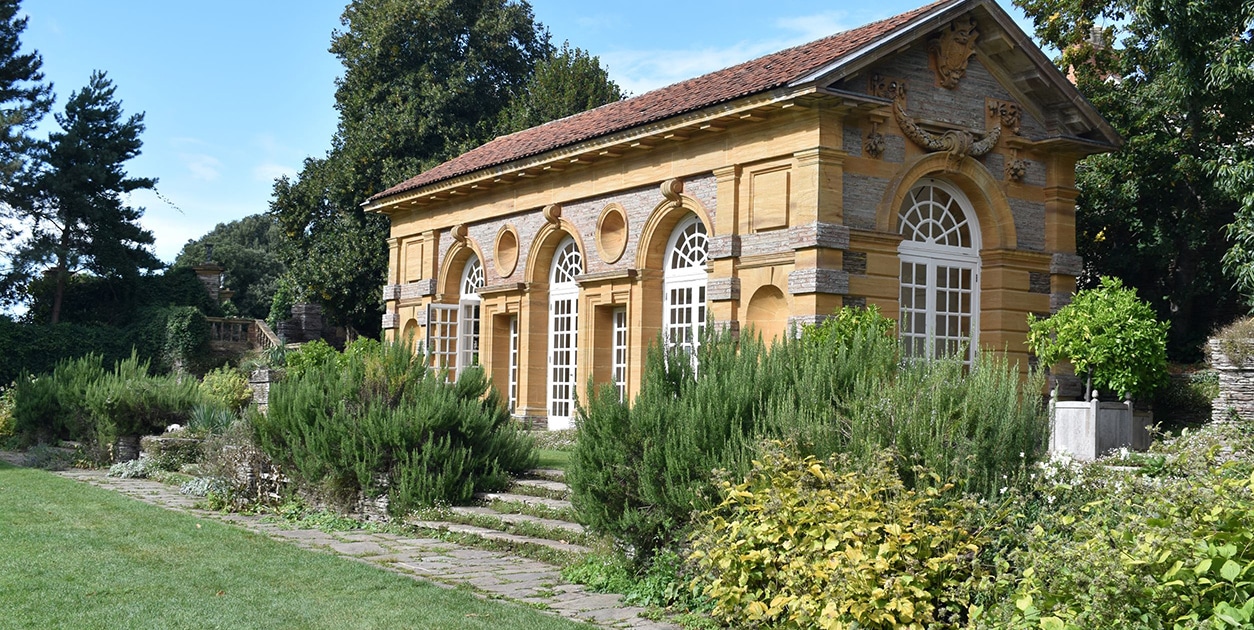
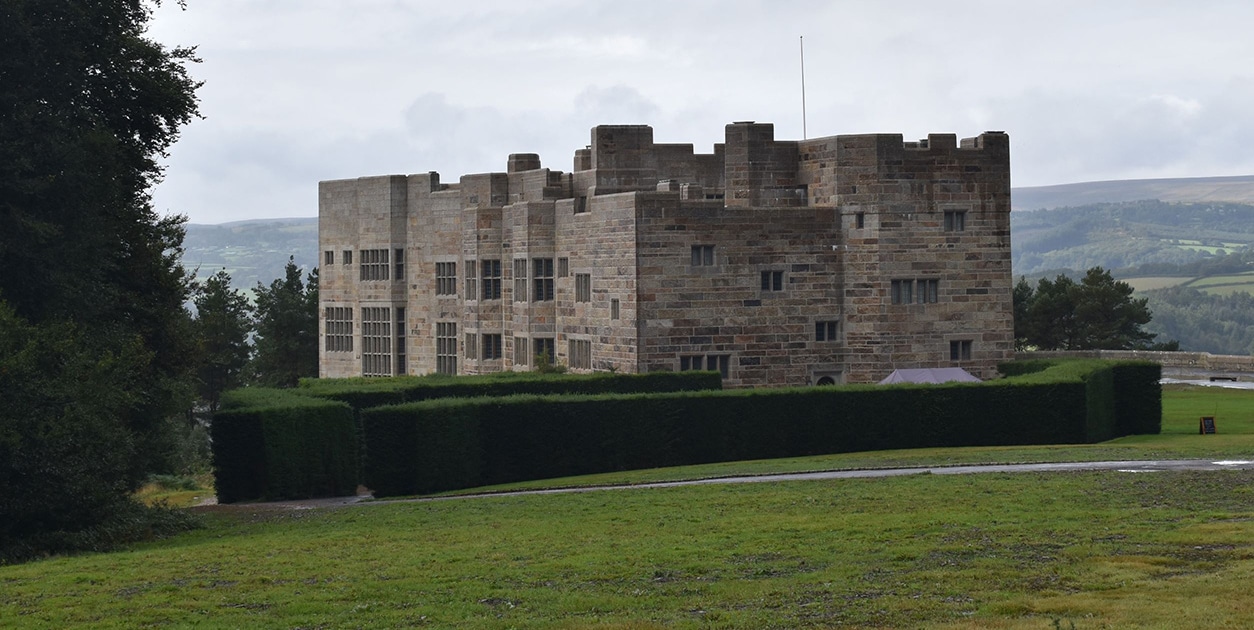
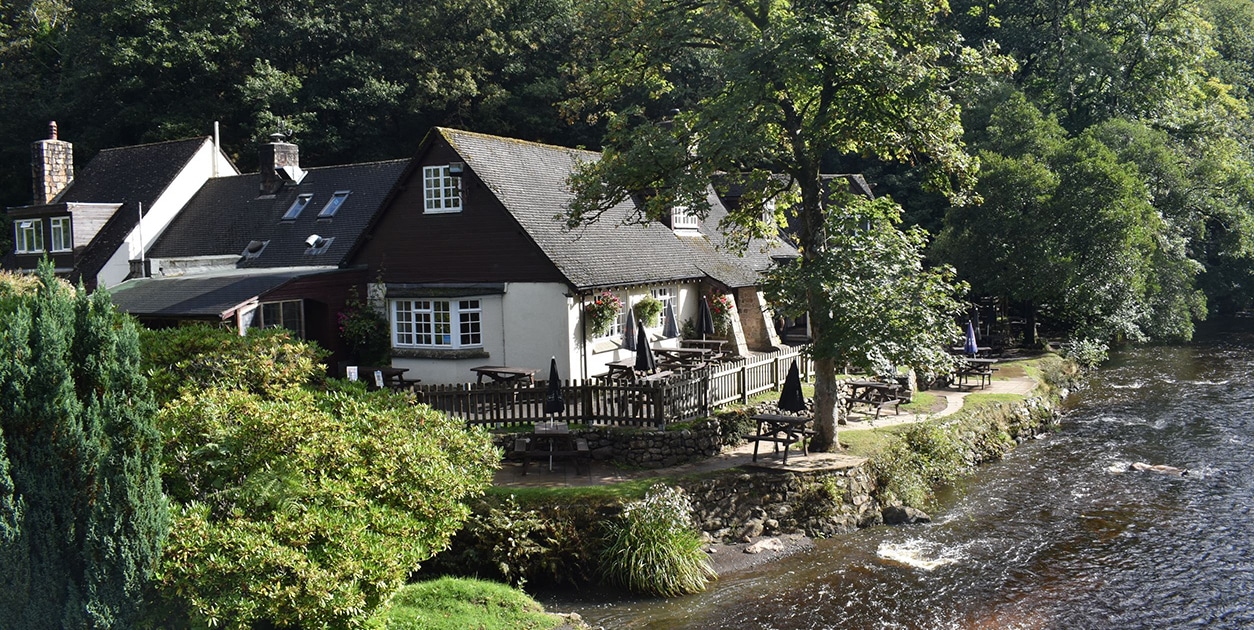

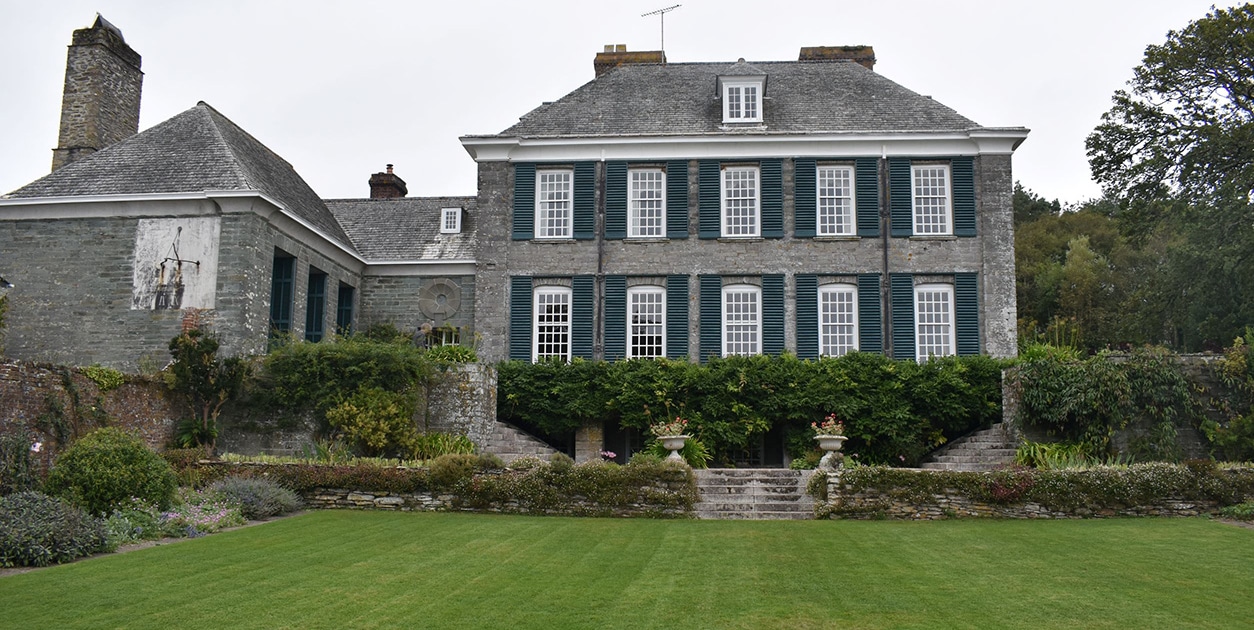
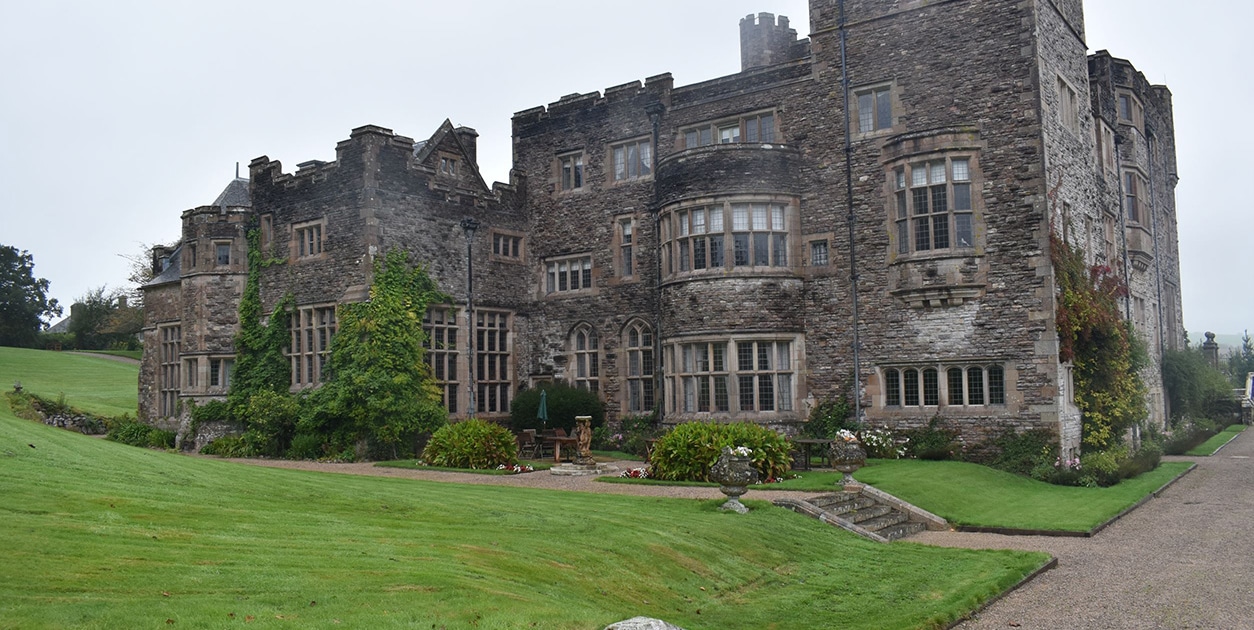
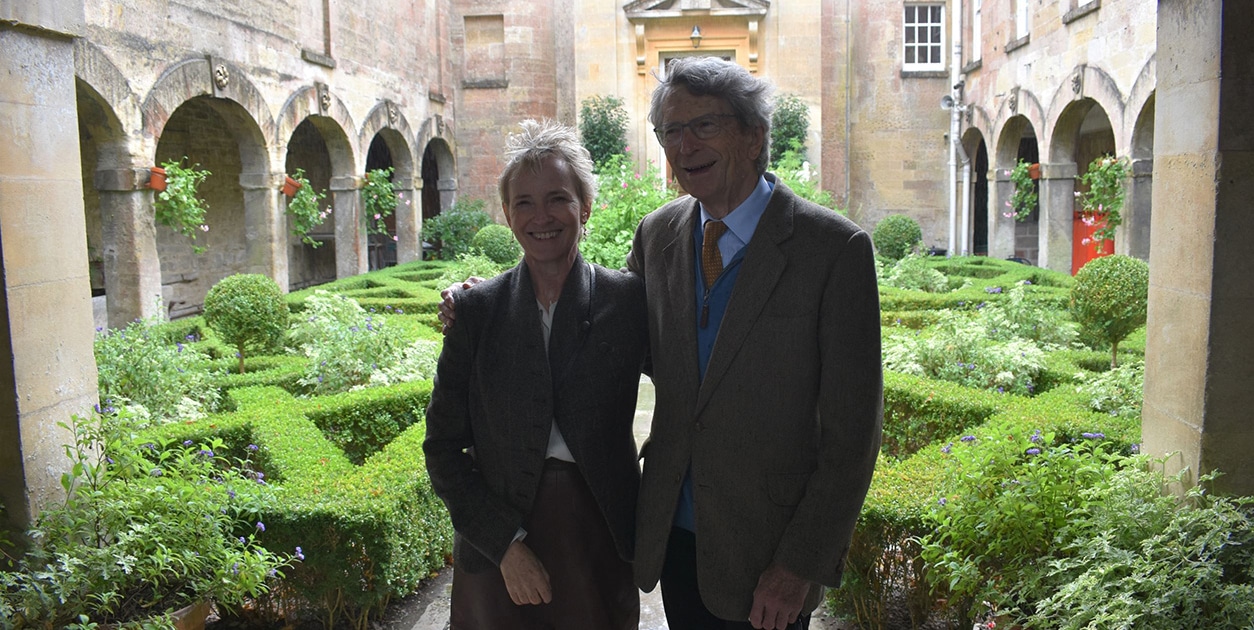
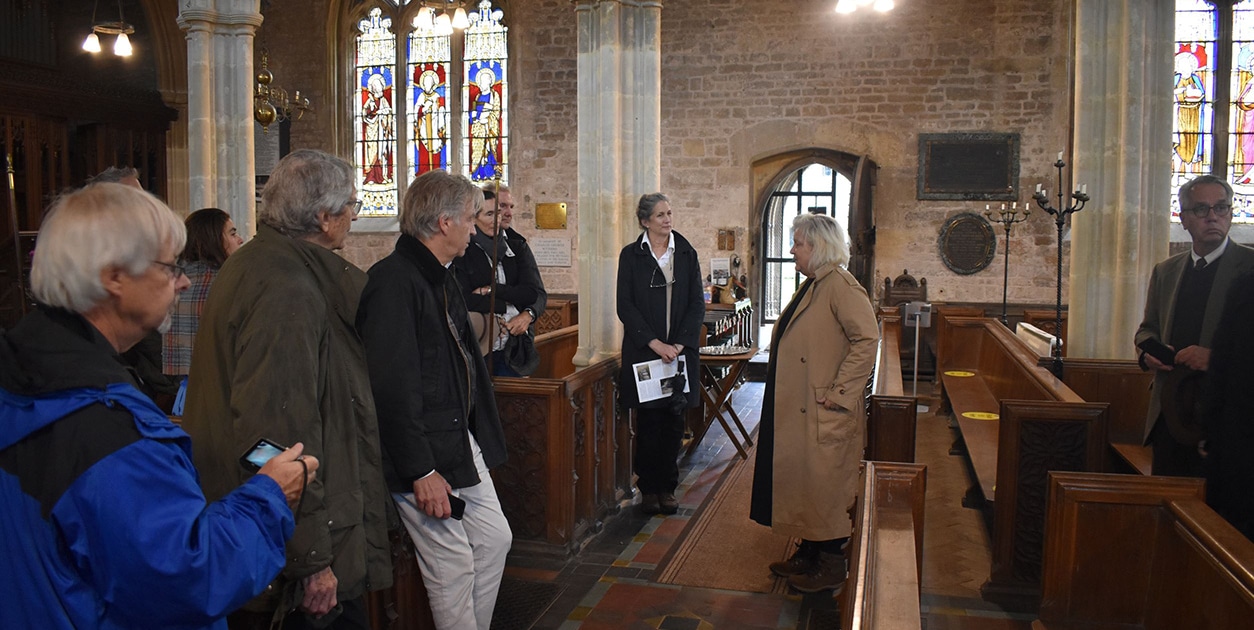








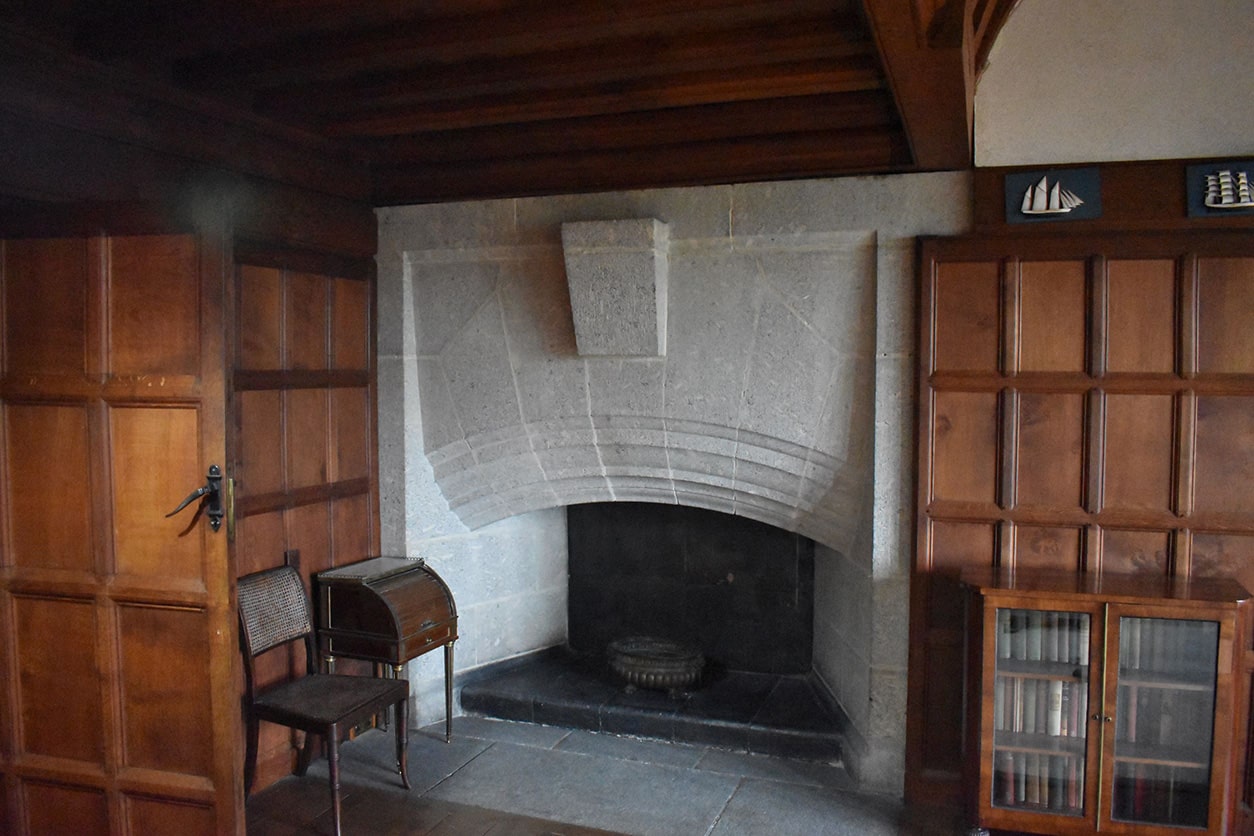
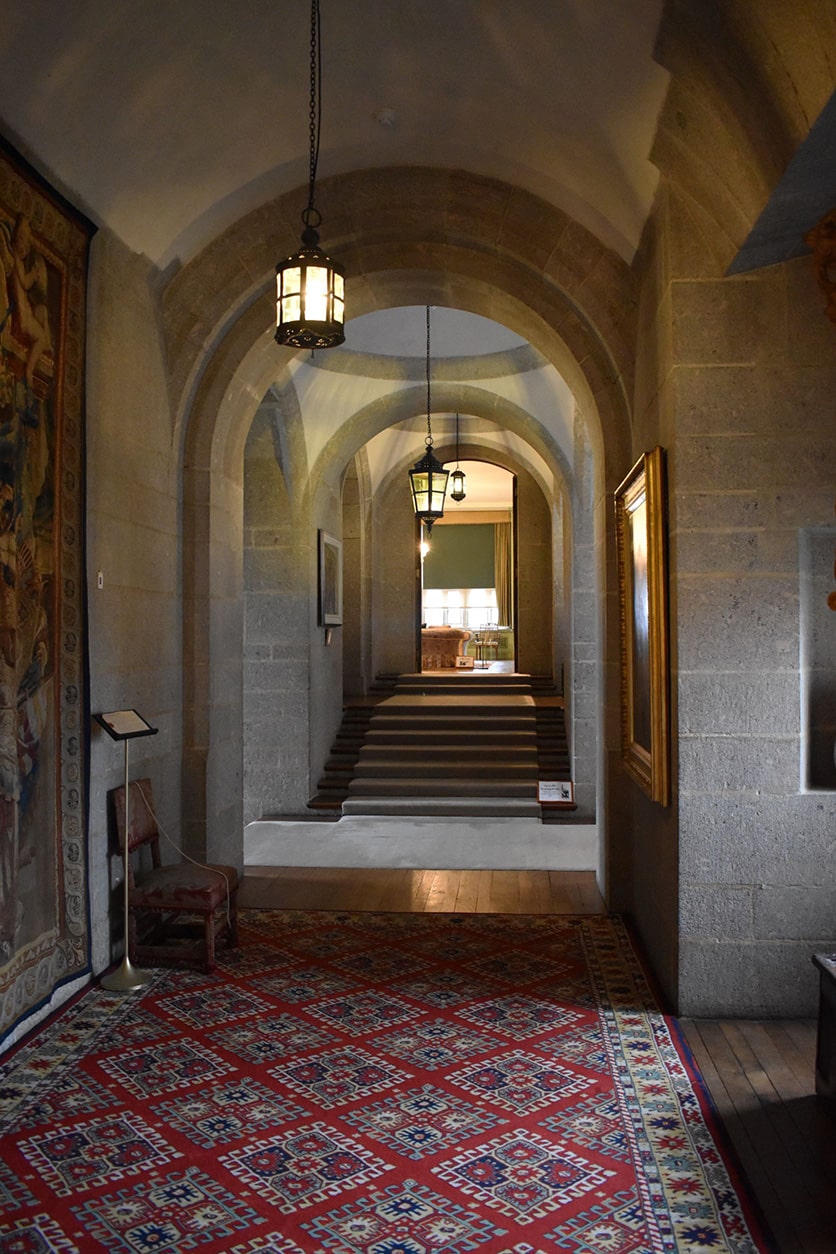
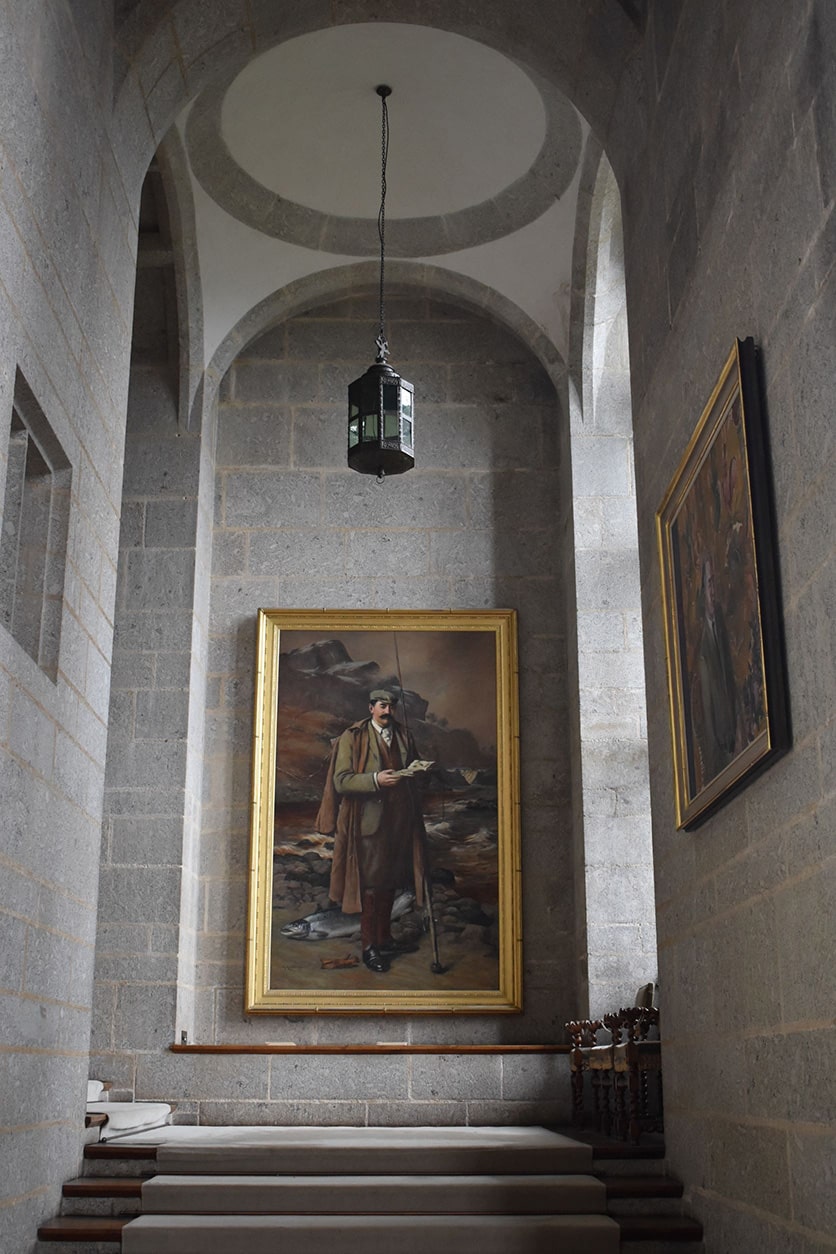
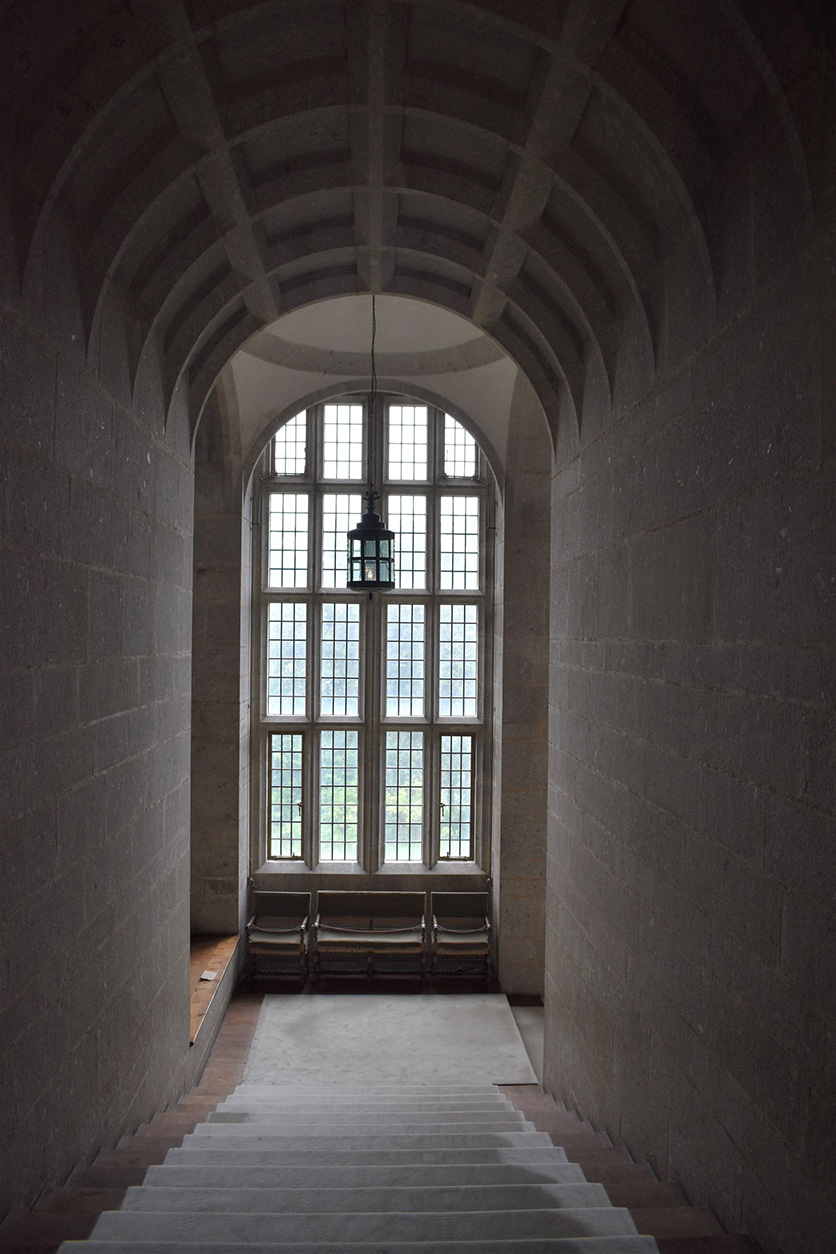





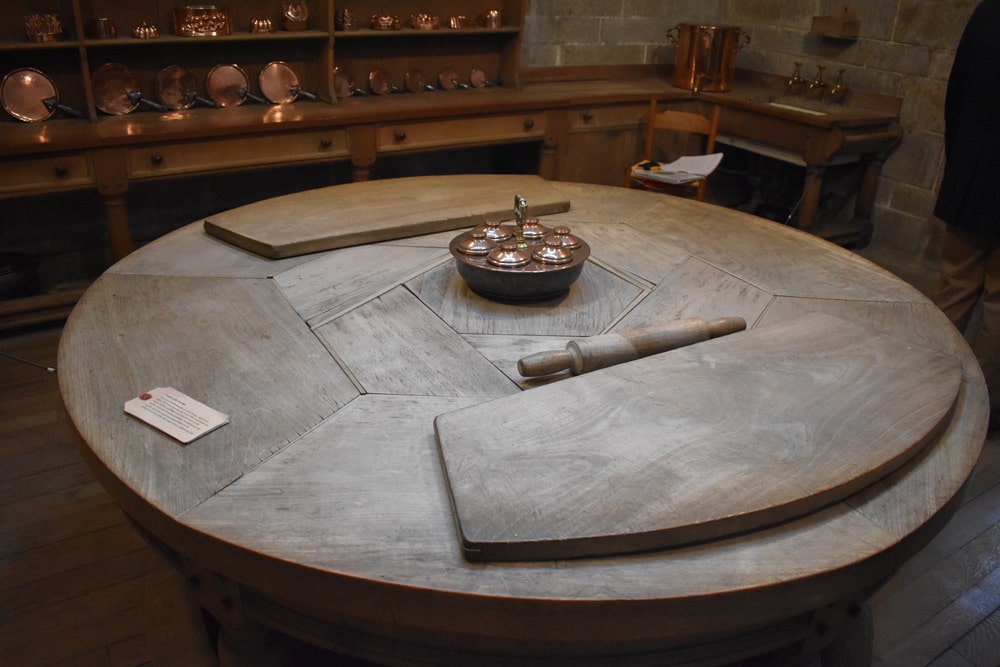

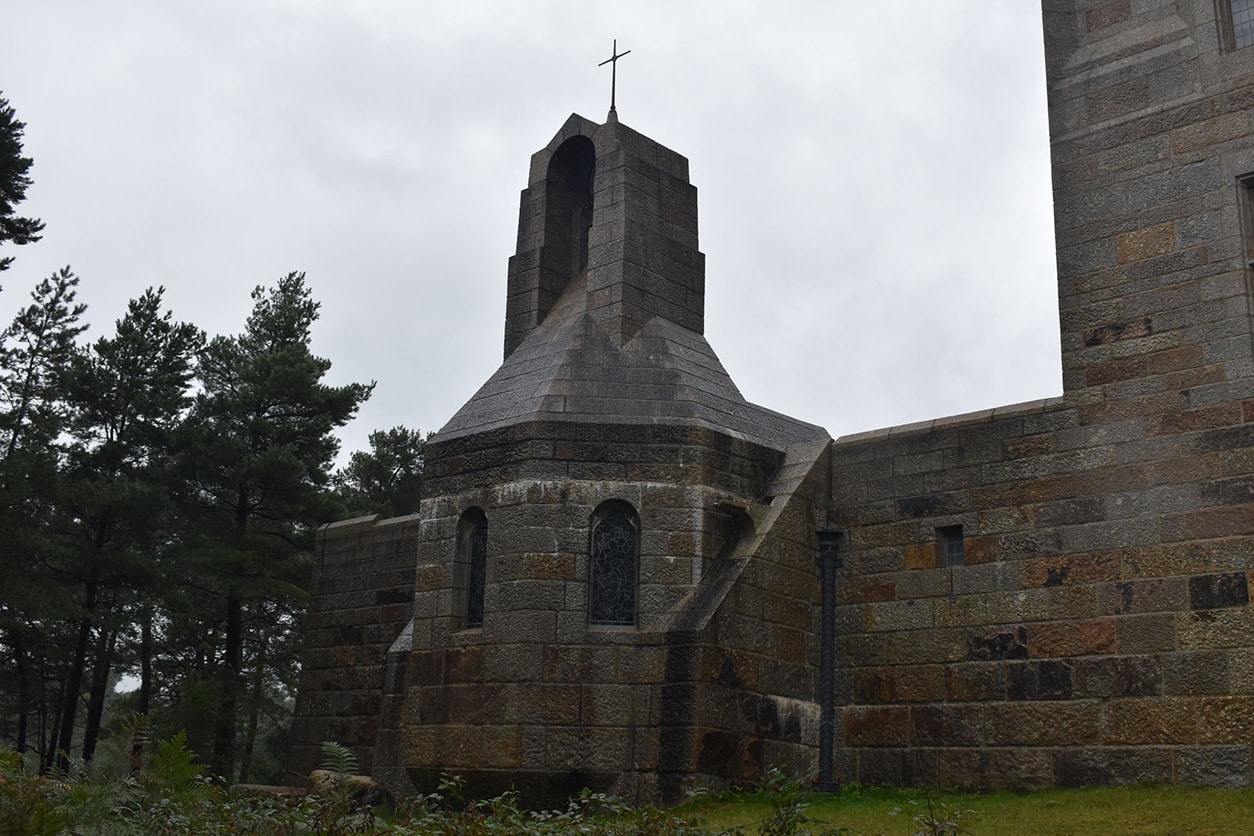
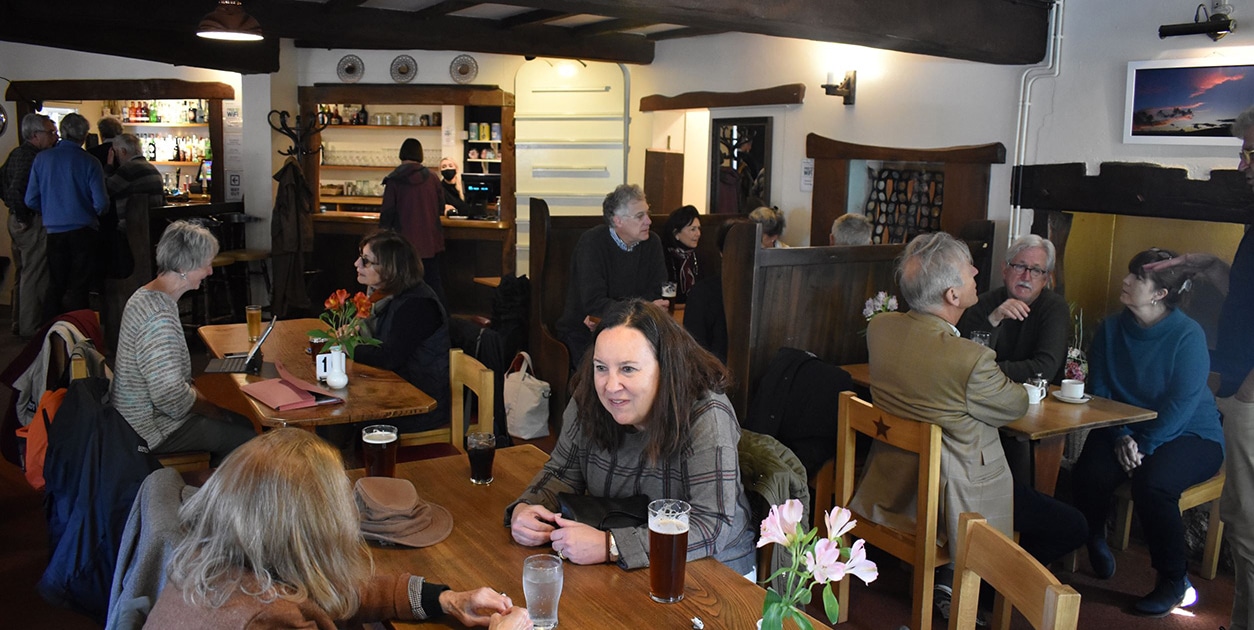
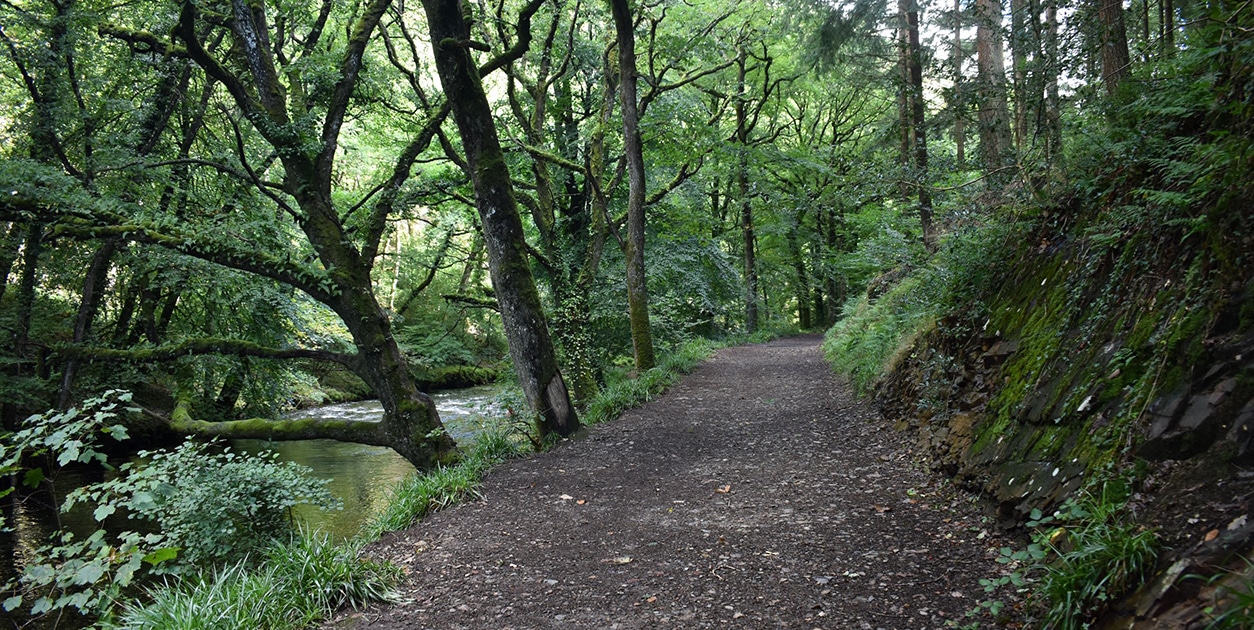

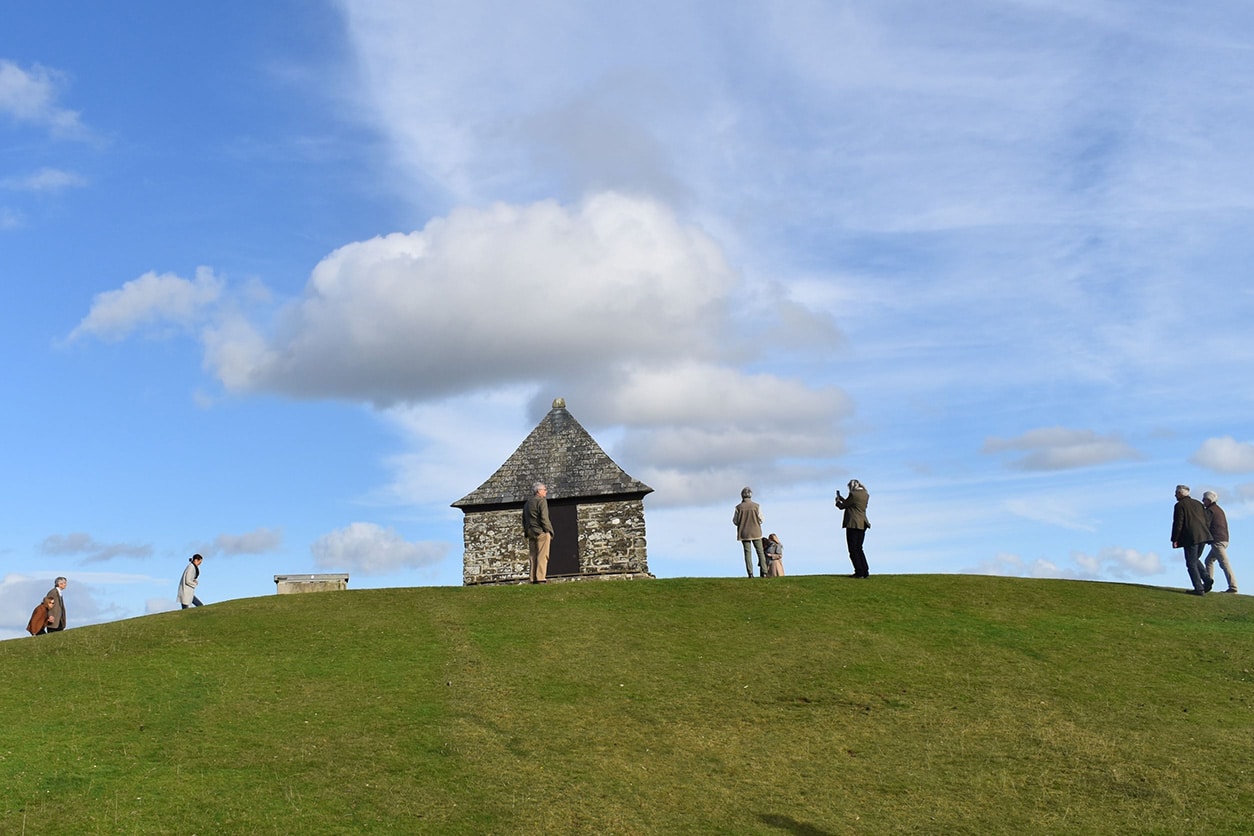
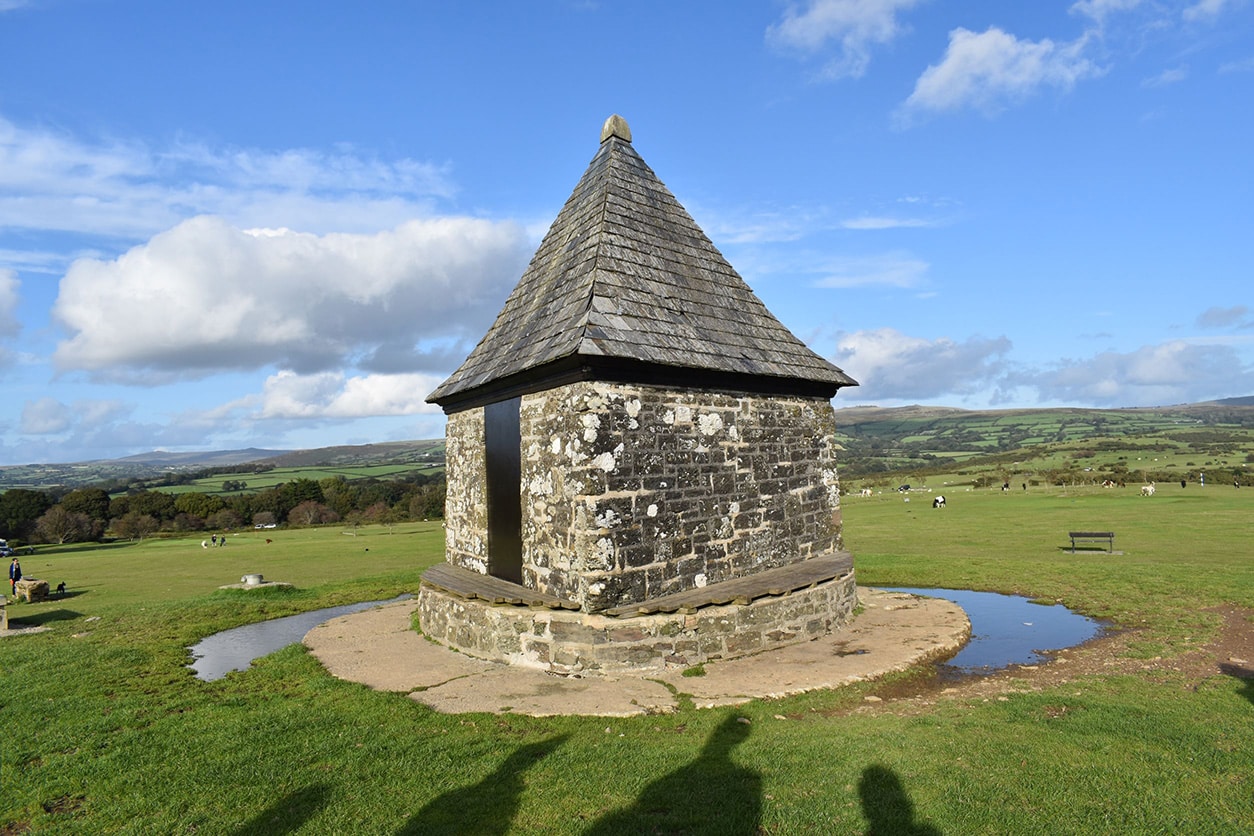
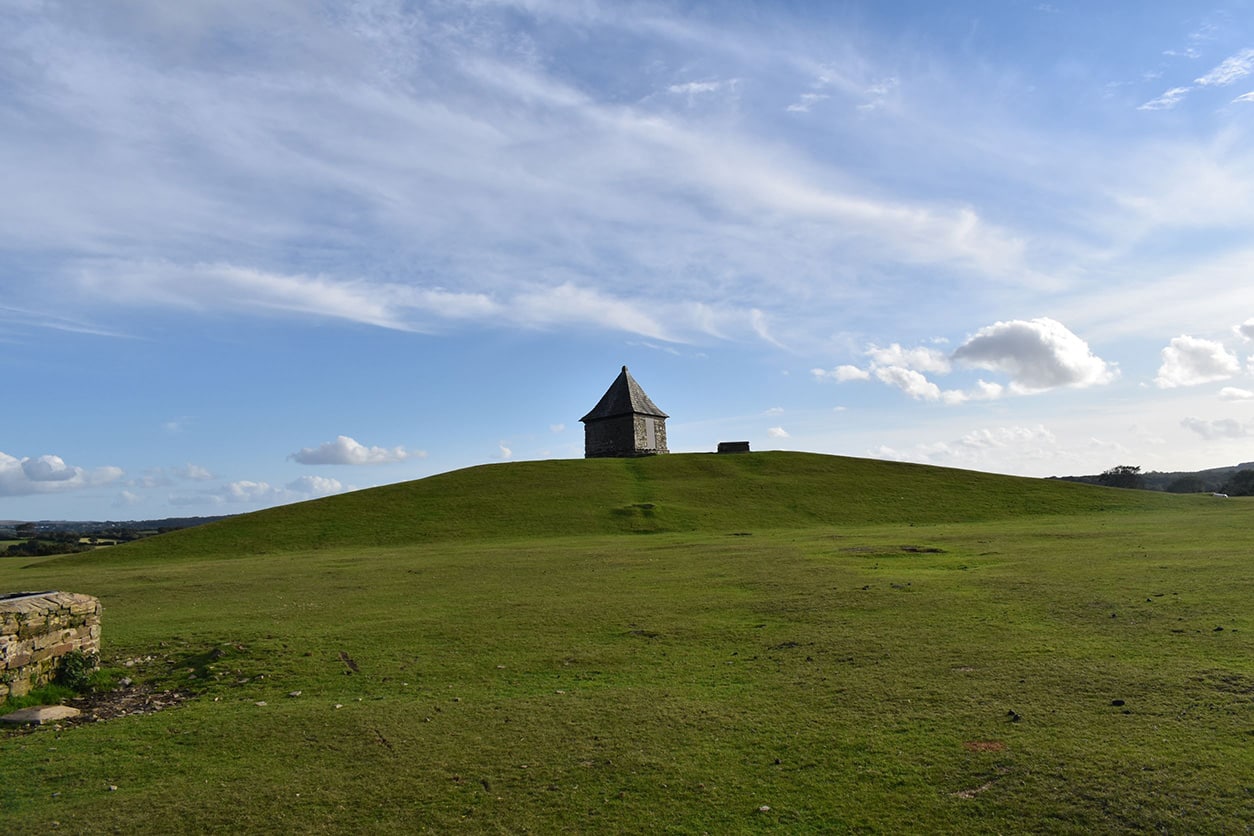

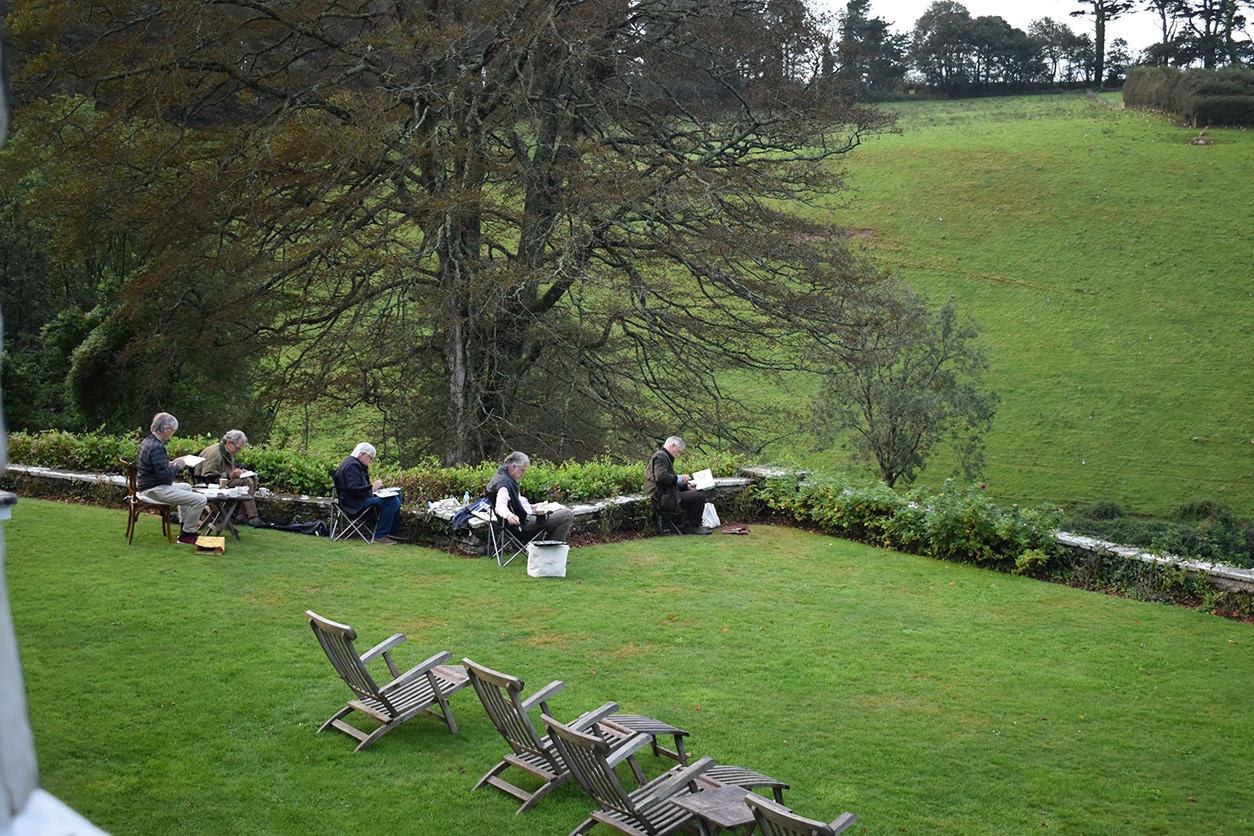


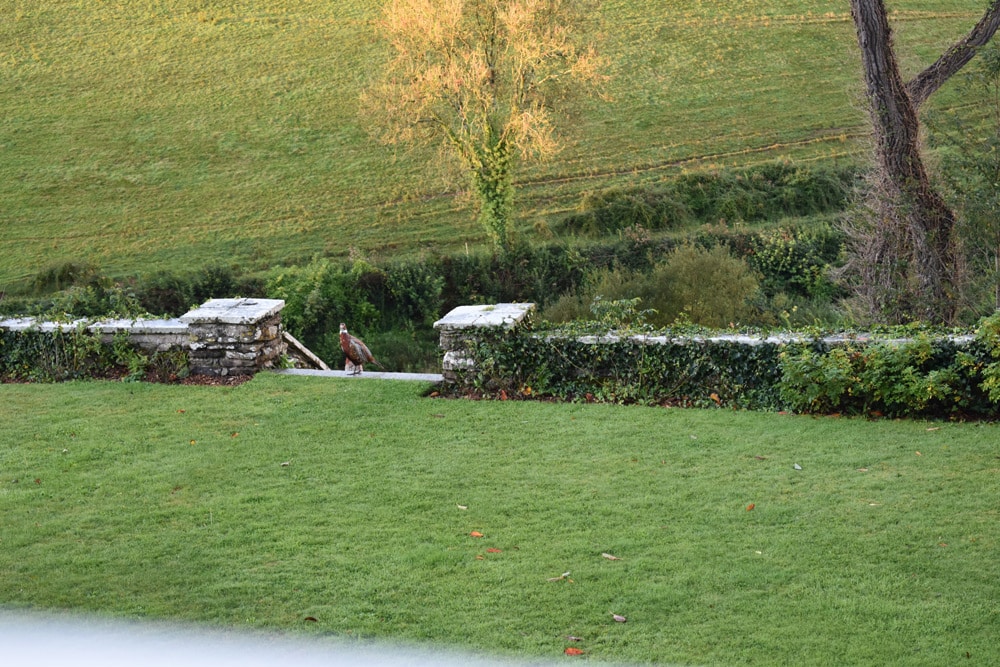

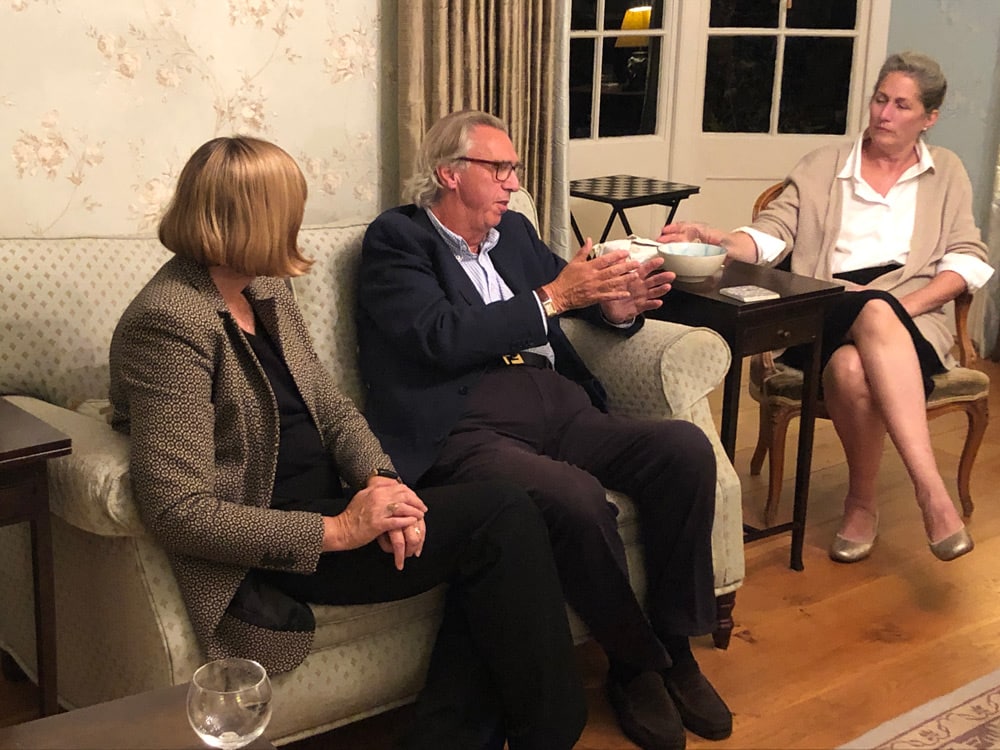

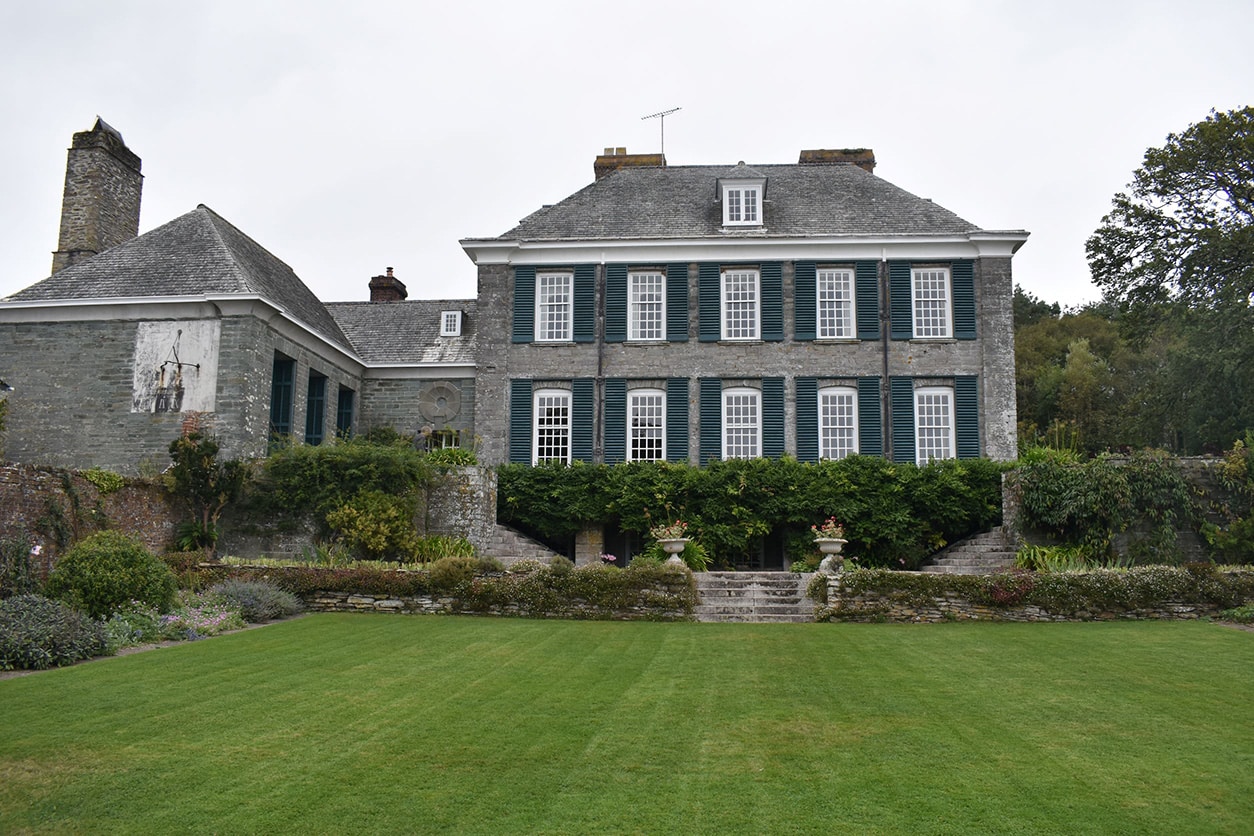
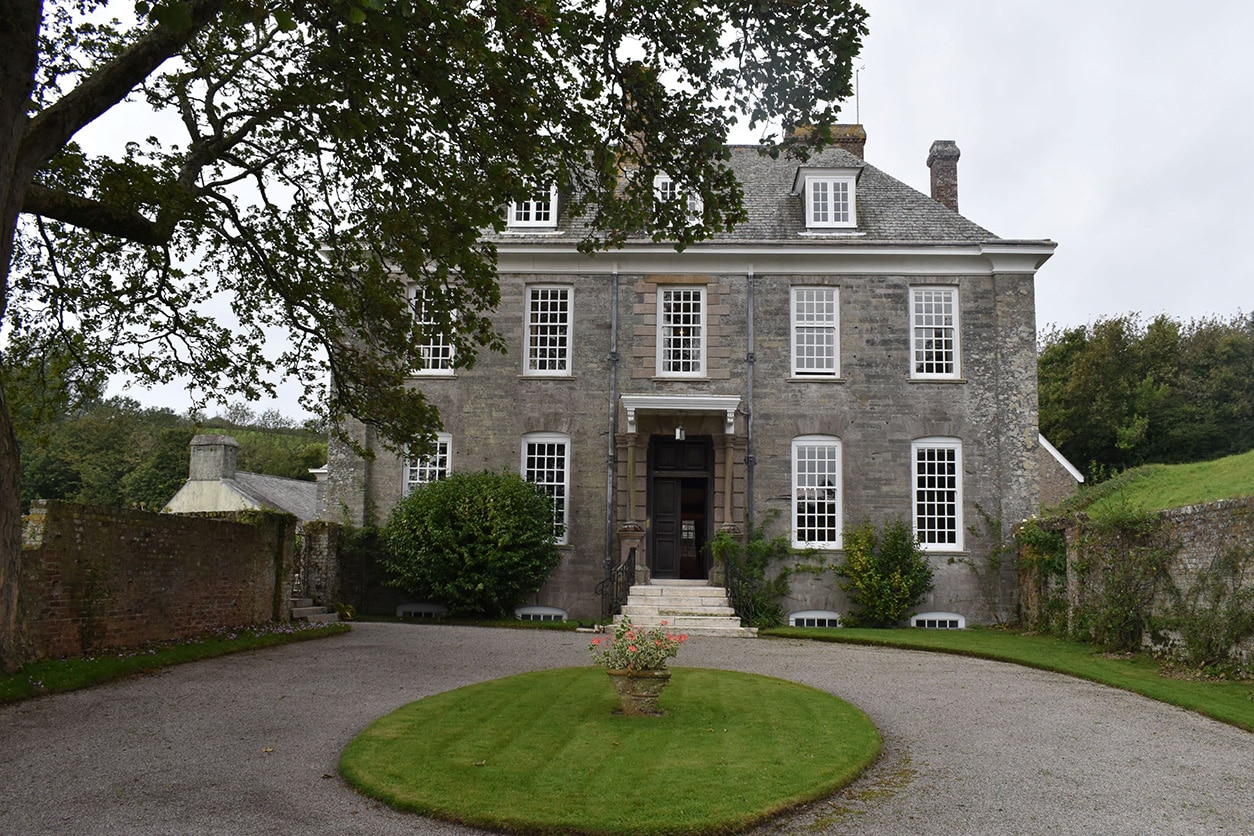
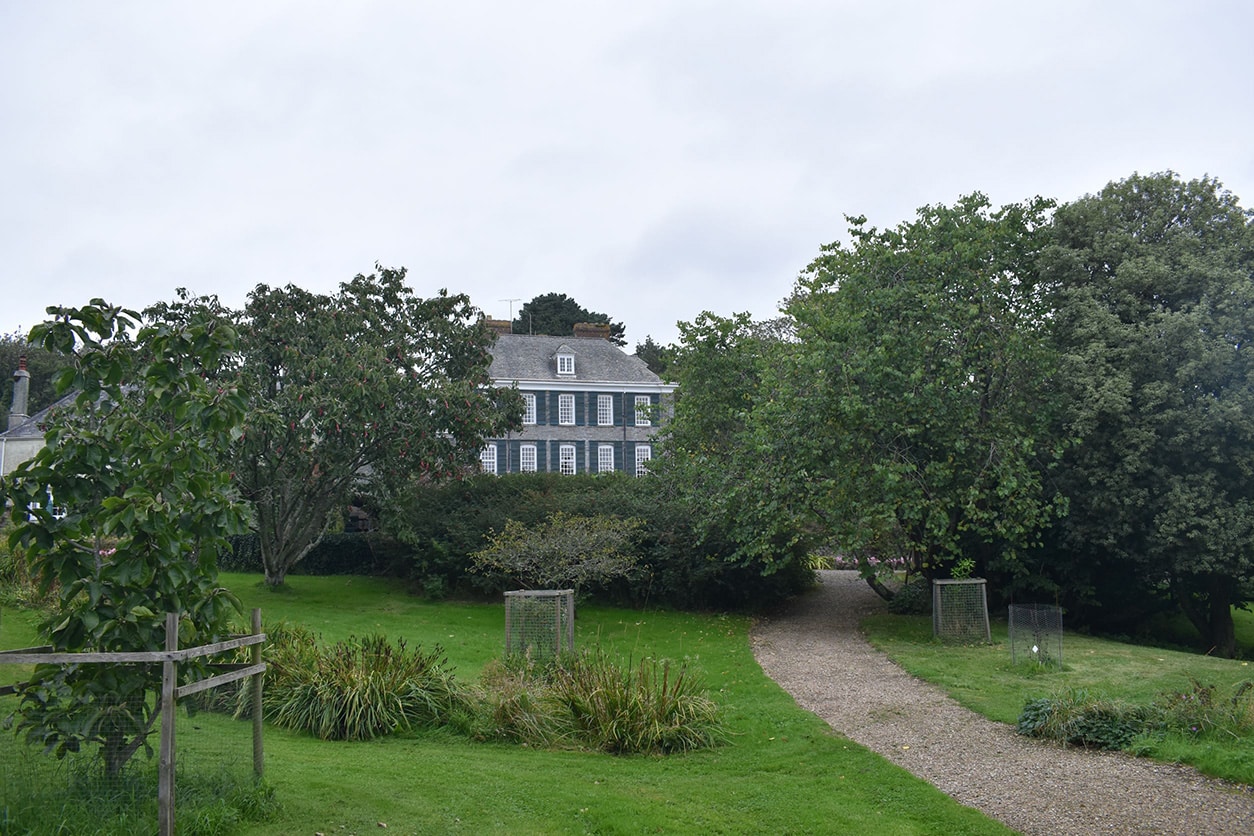
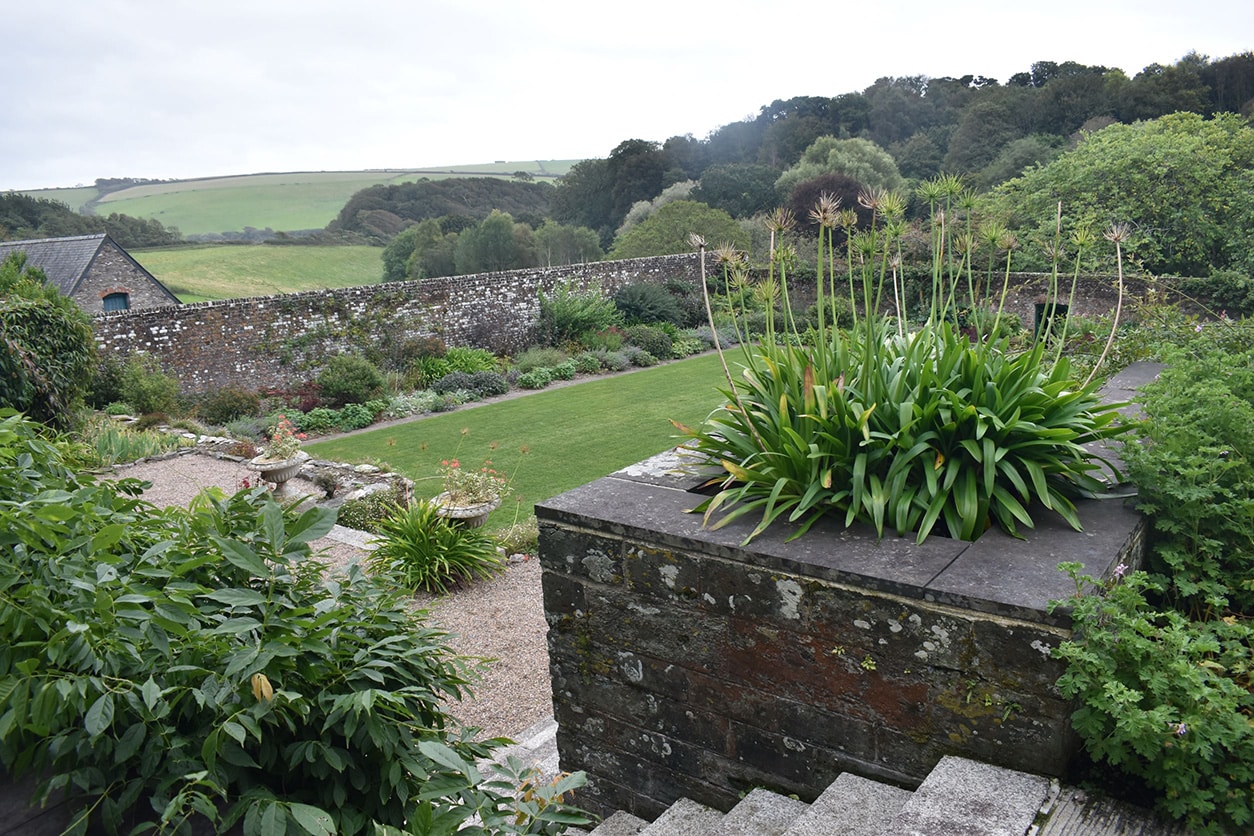
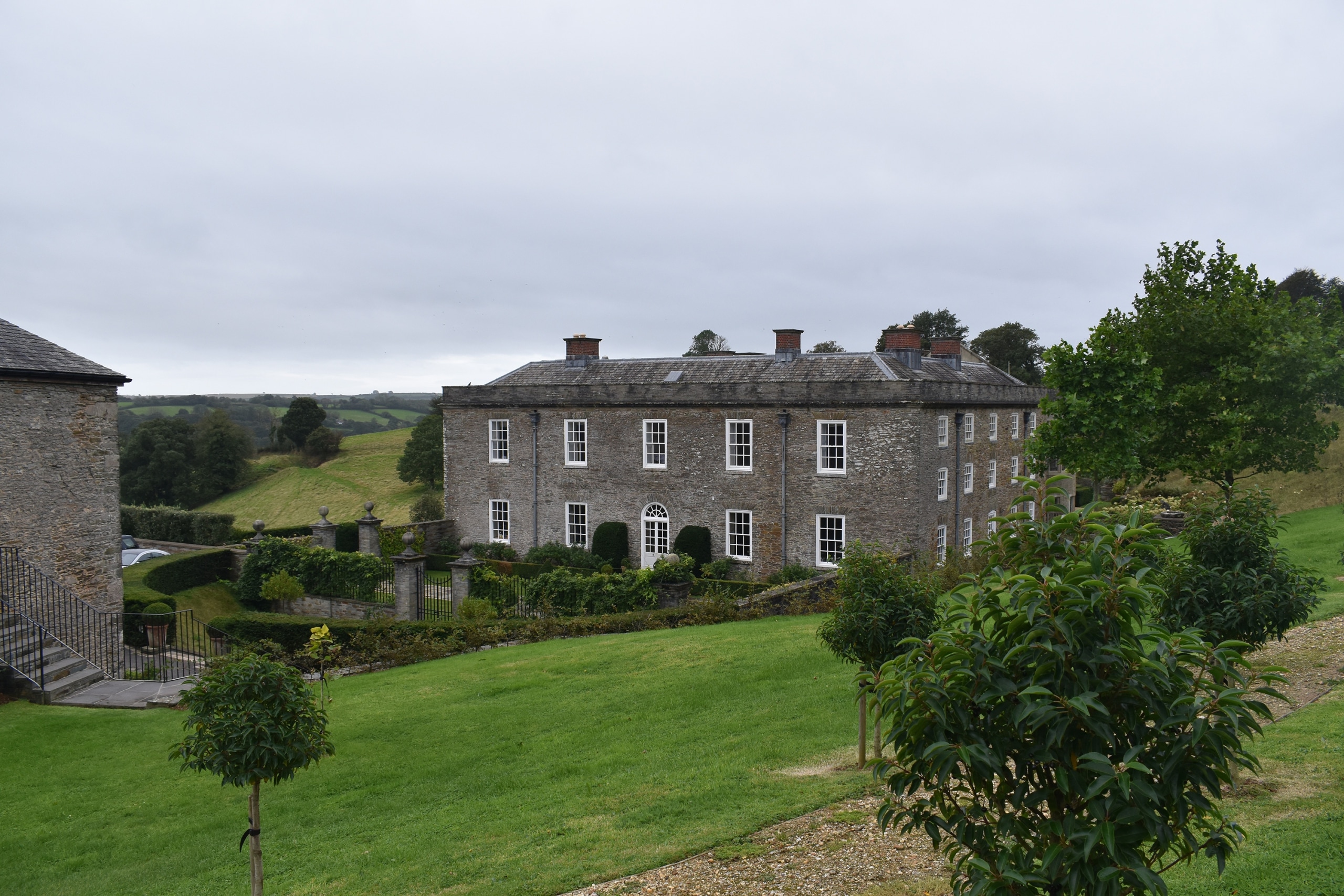
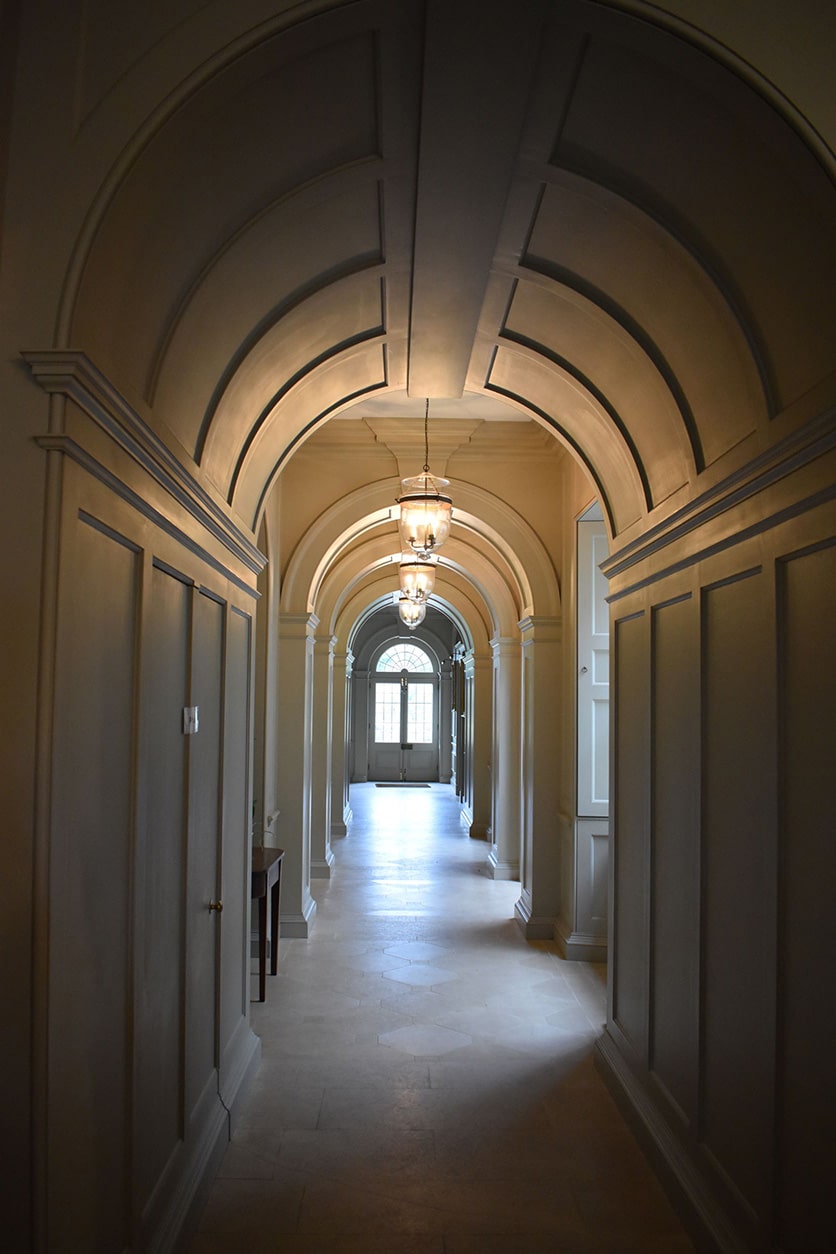
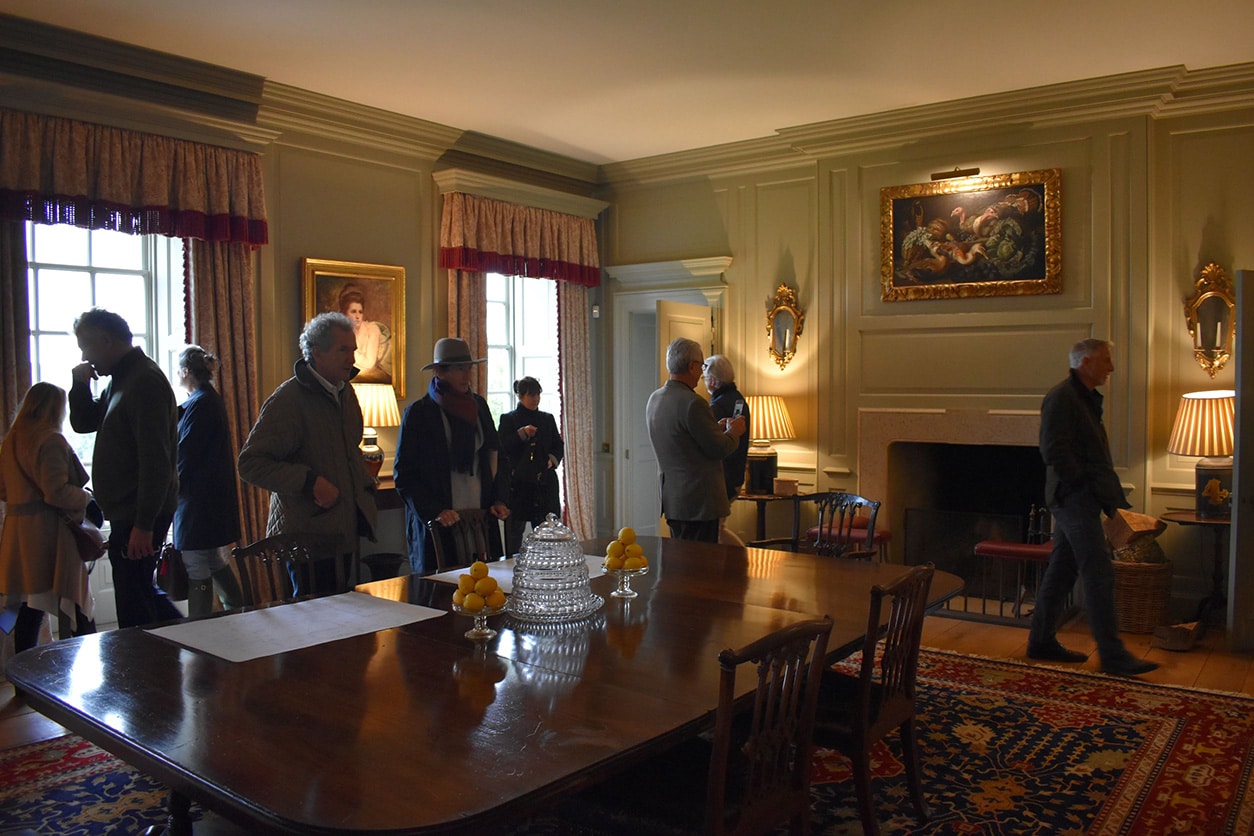
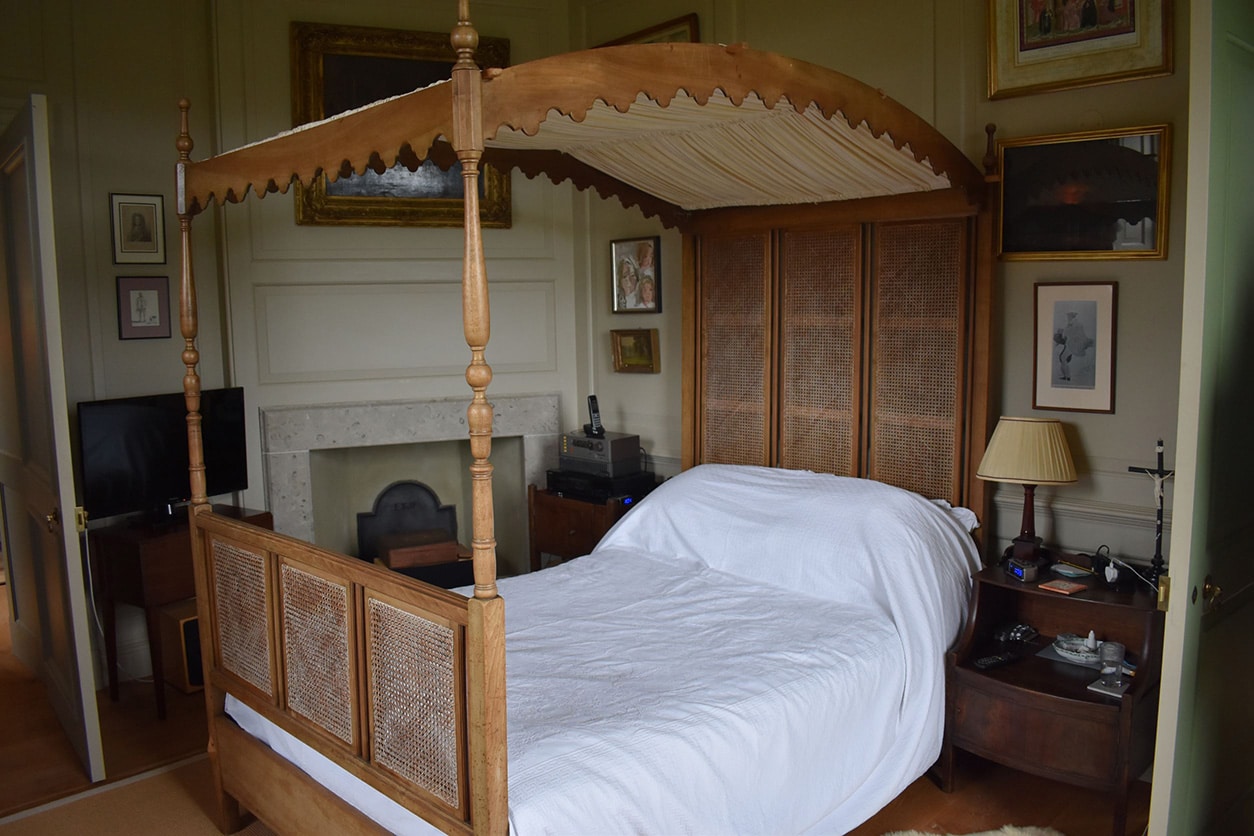
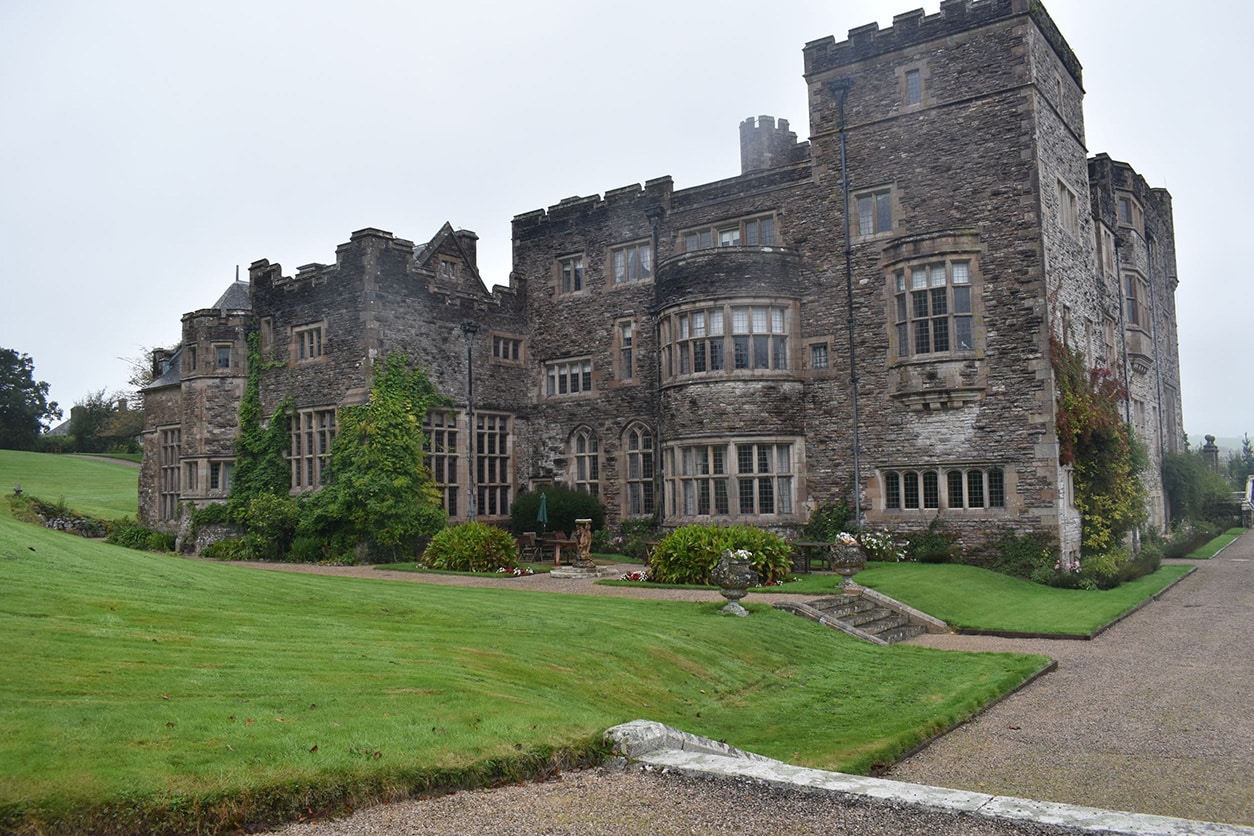
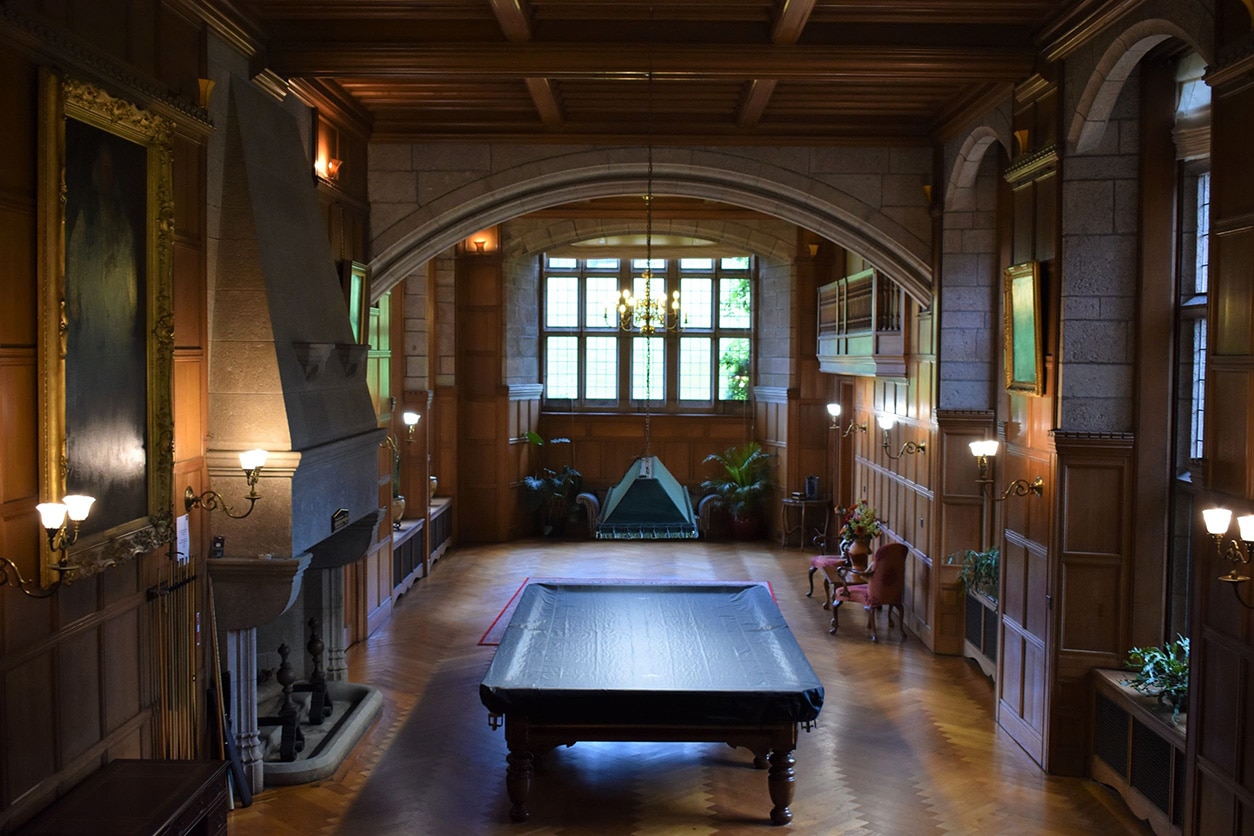
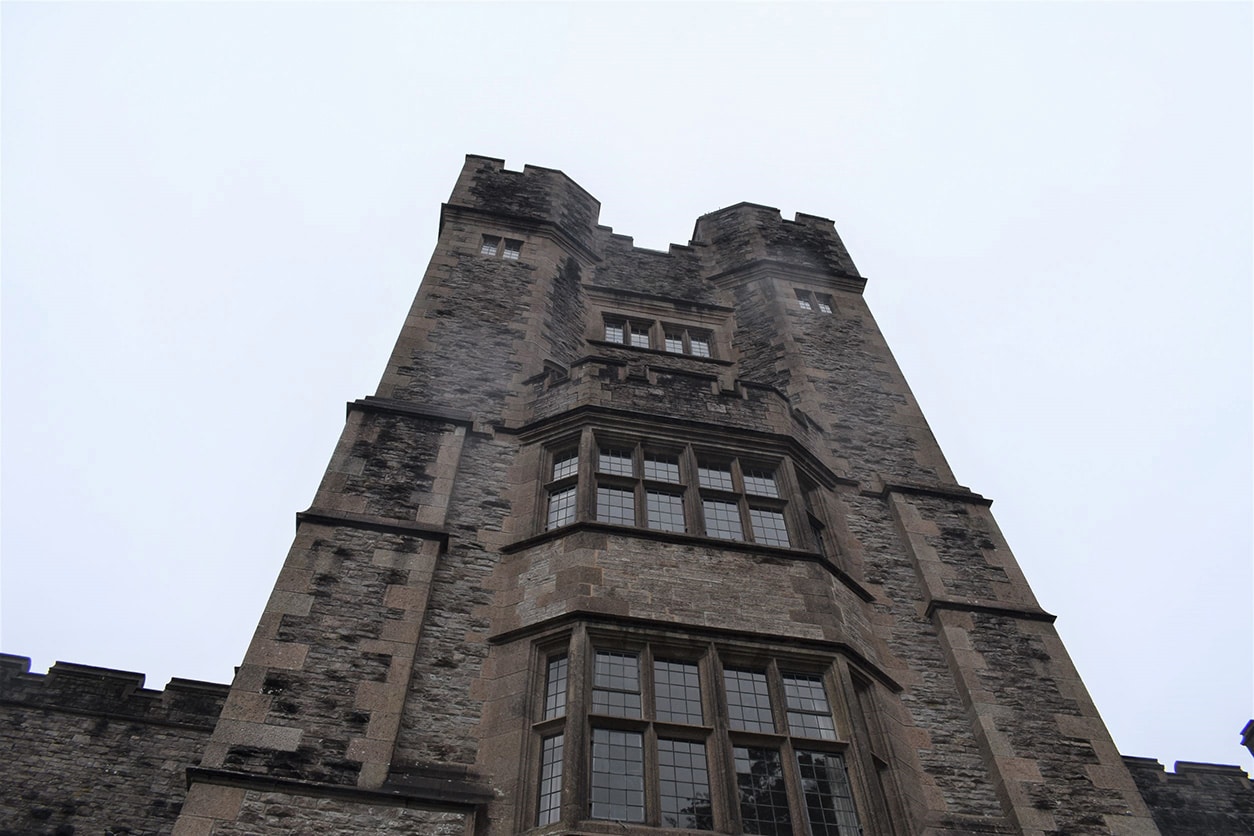
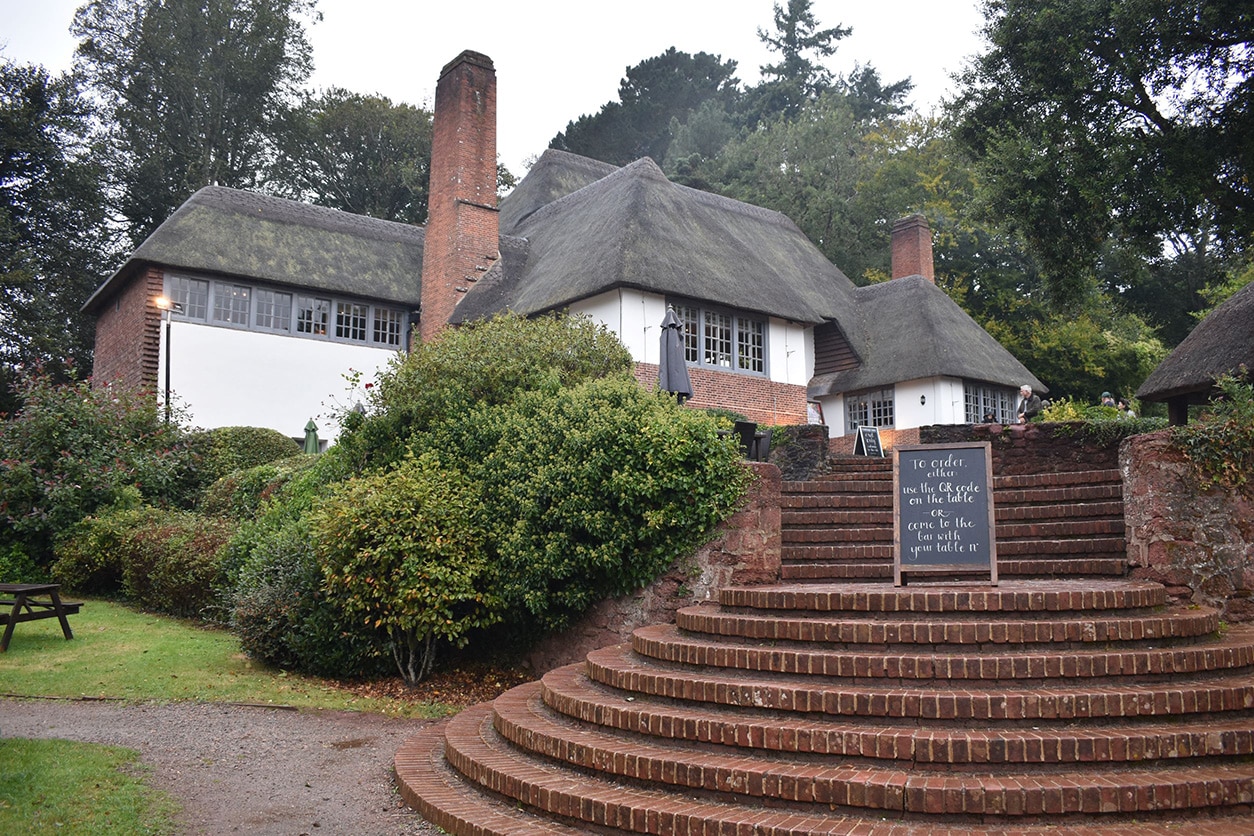
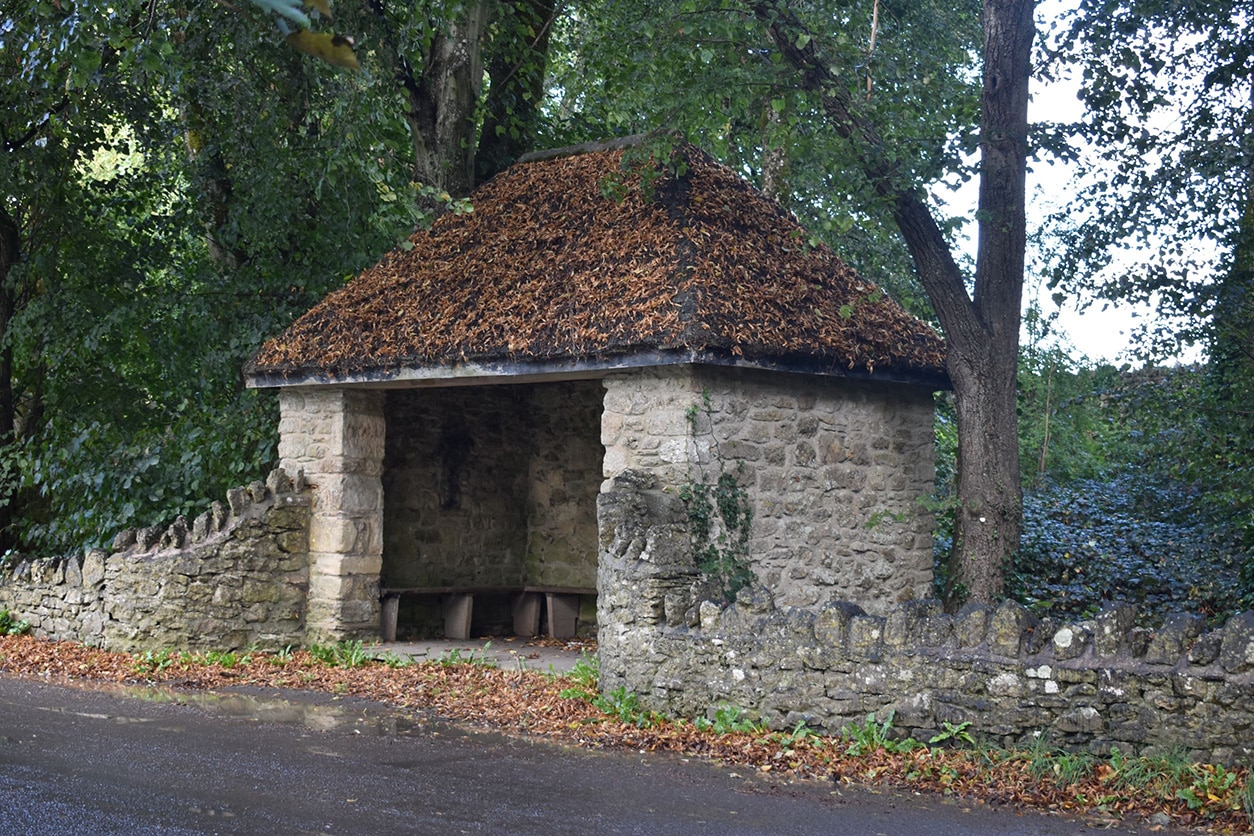
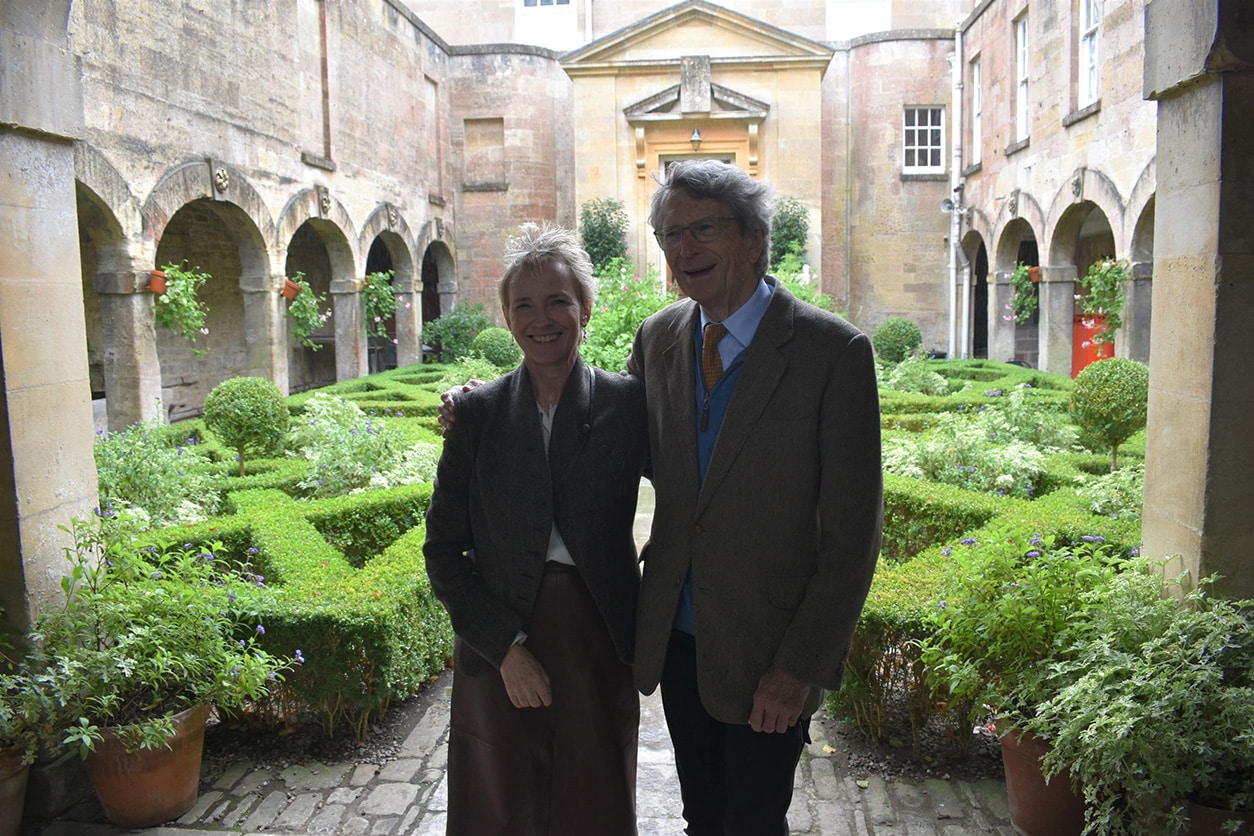
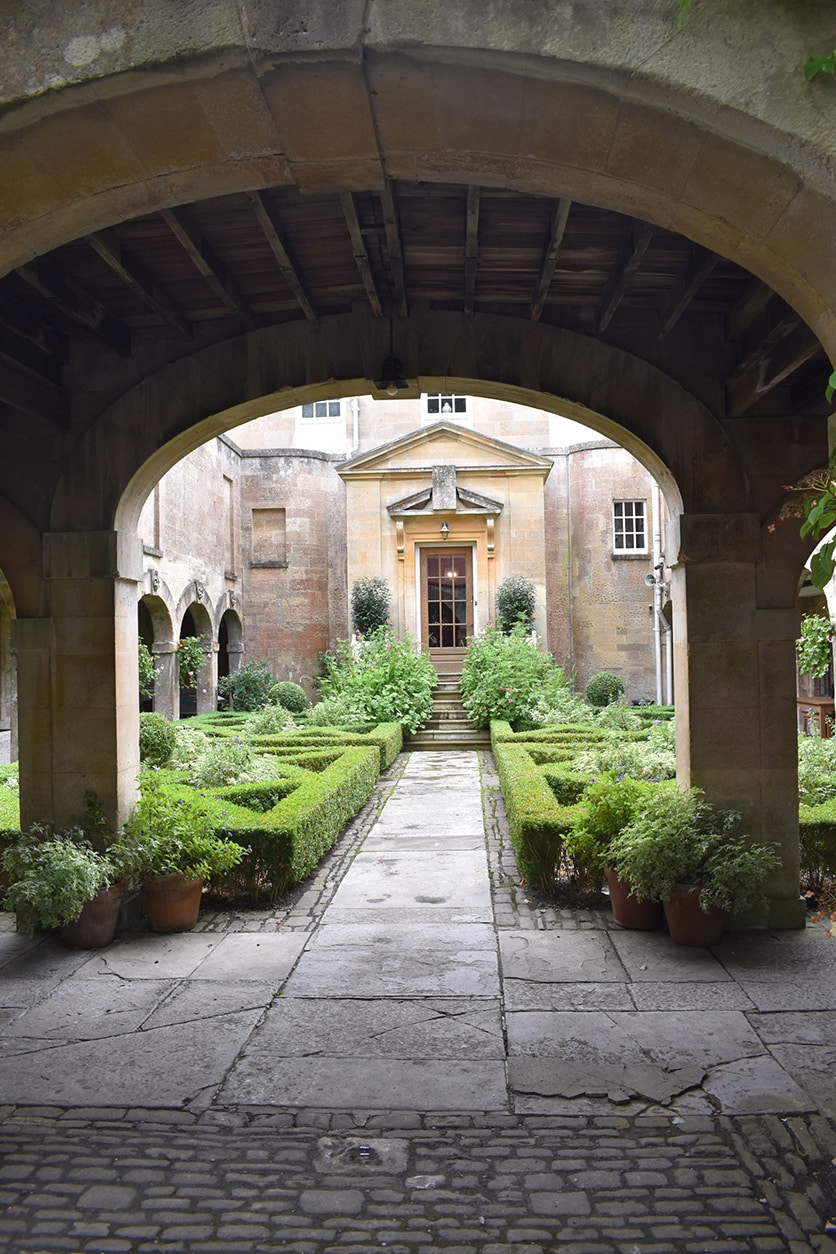
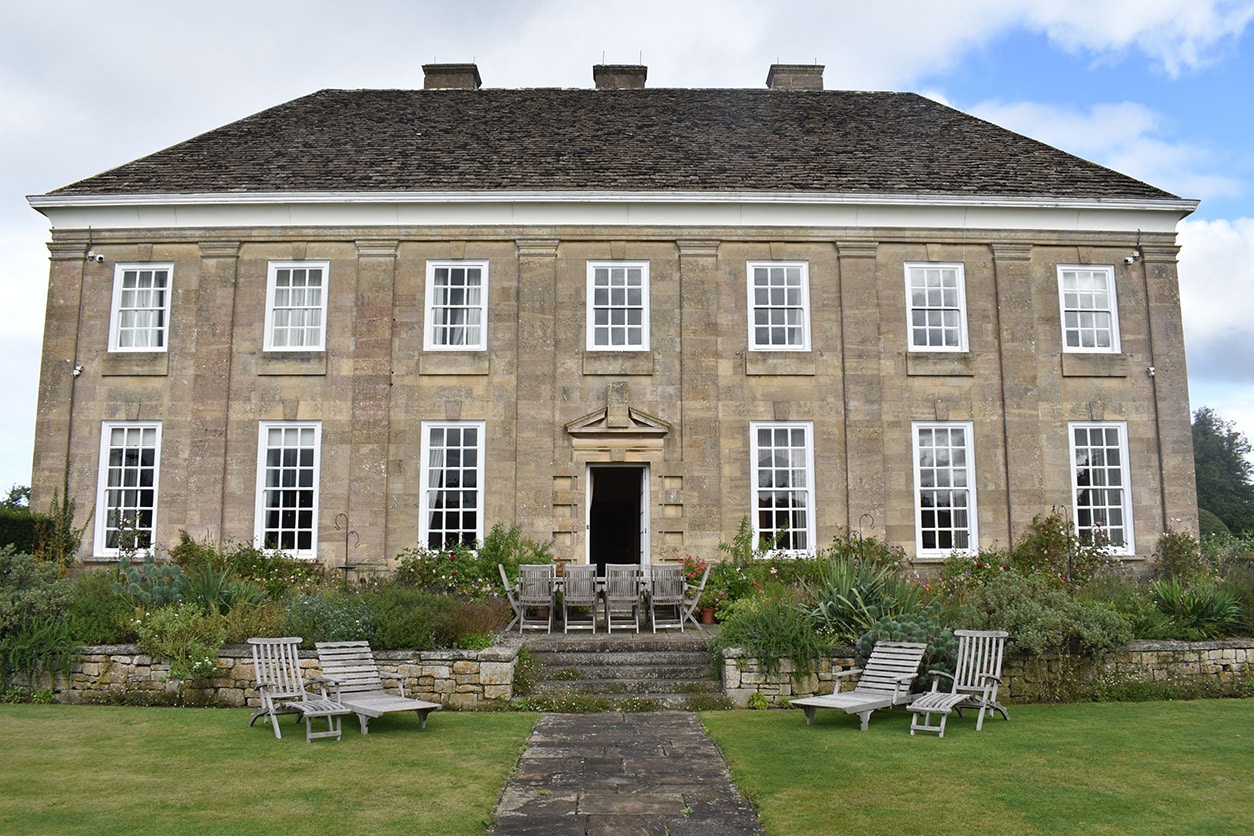
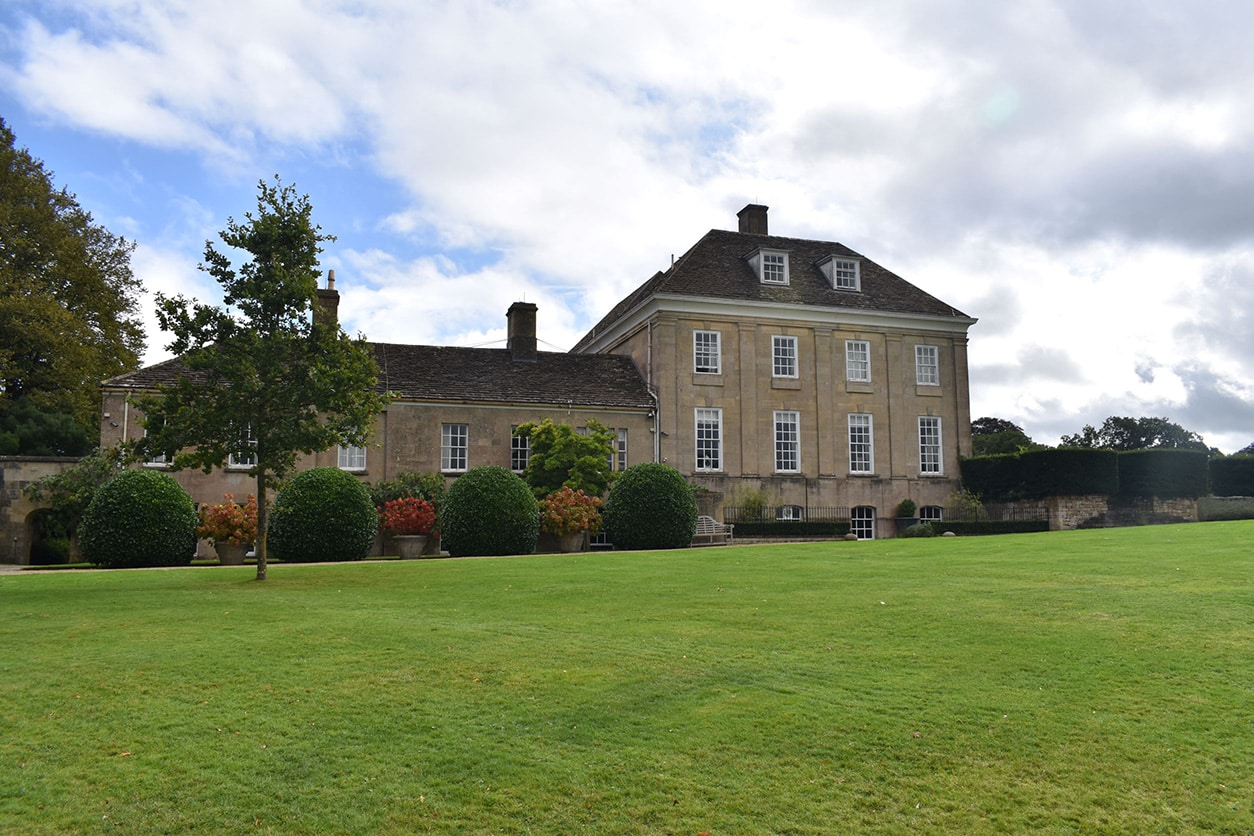

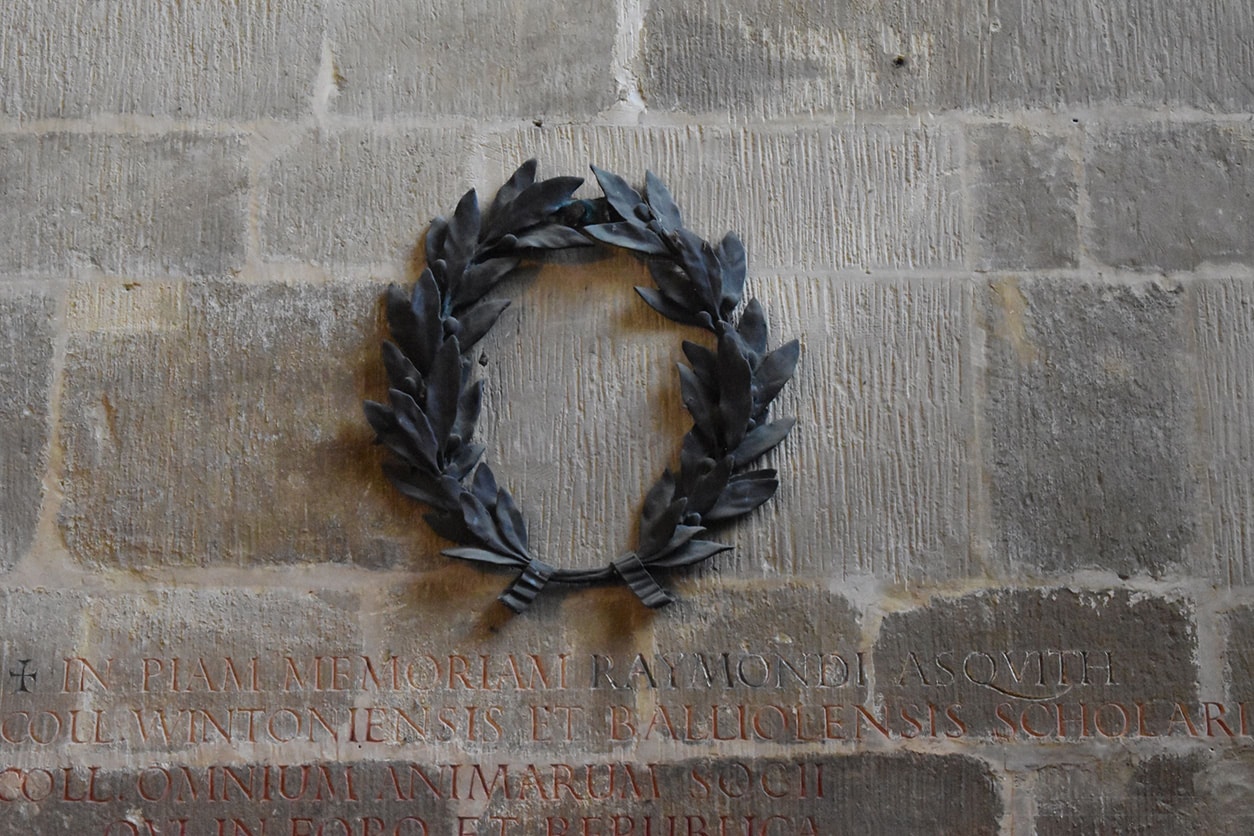
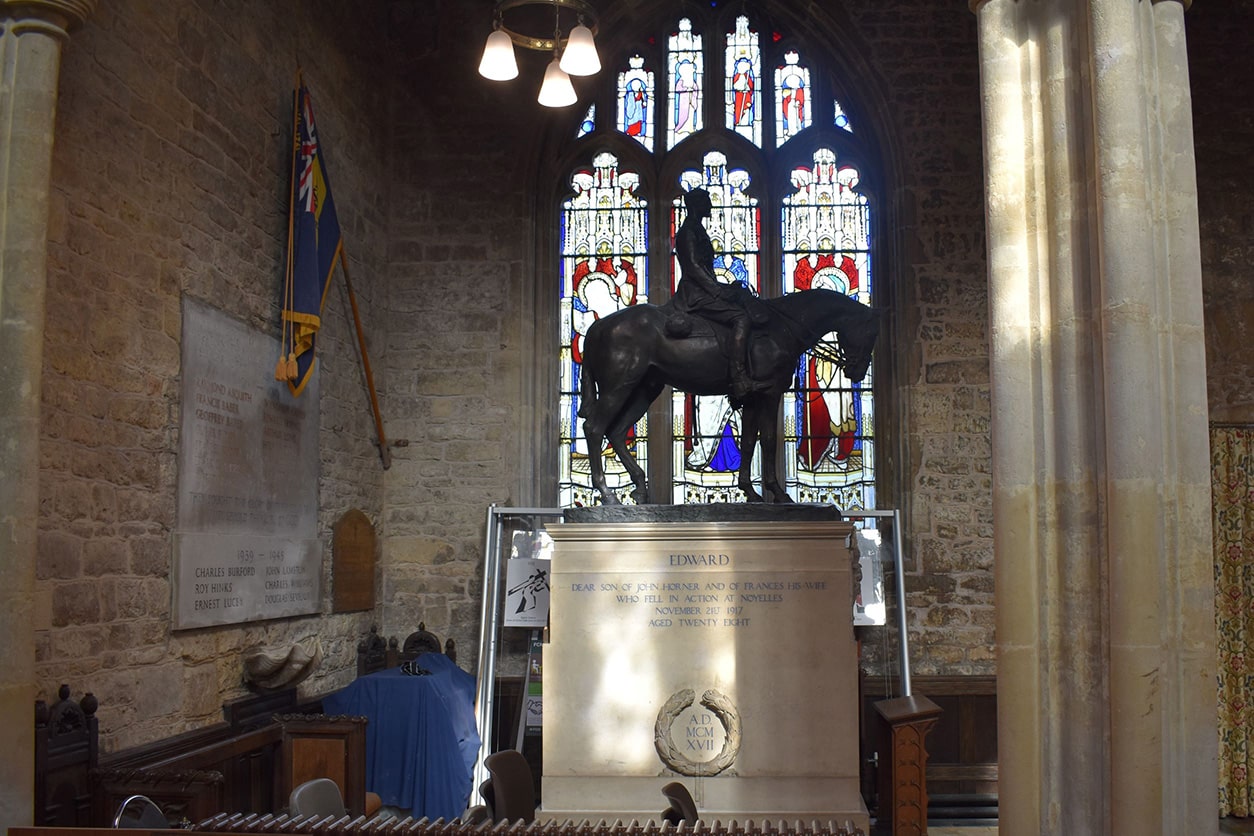
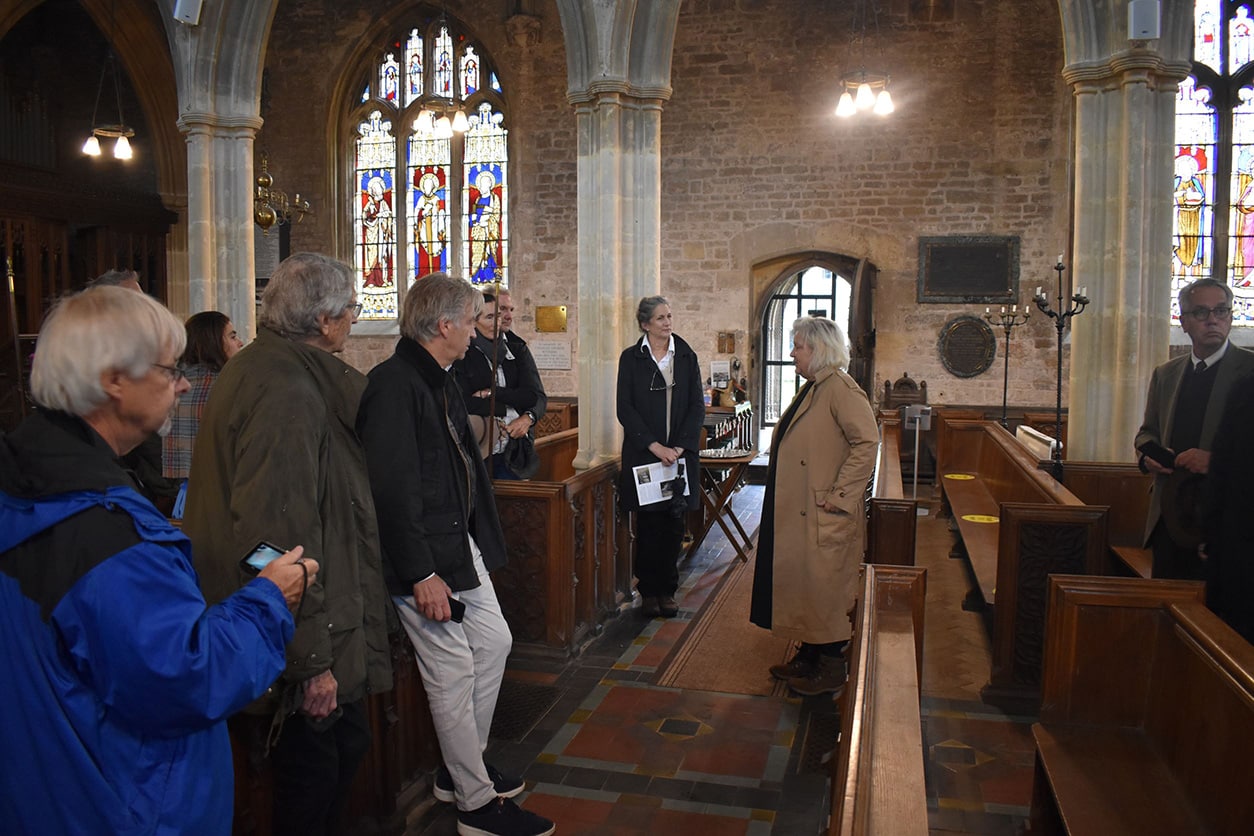
 Follow us on X
Follow us on X Follow us on Instagram
Follow us on Instagram Follow us on Facebook
Follow us on Facebook Follow us on YouTube
Follow us on YouTube